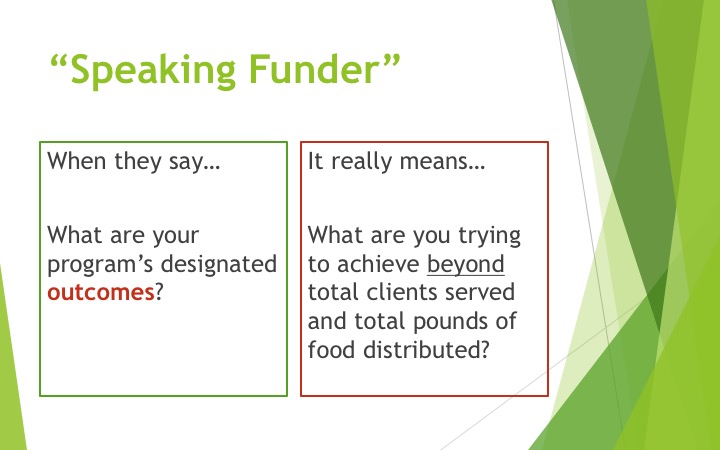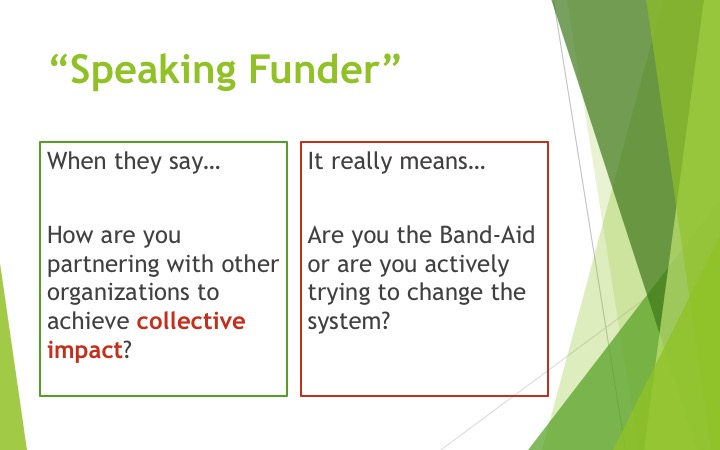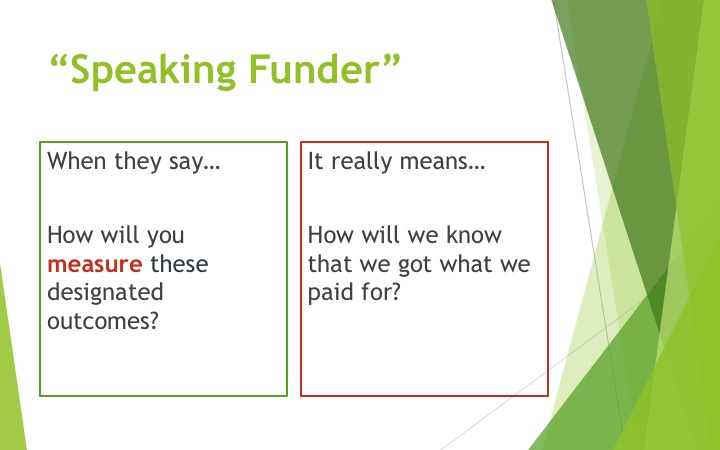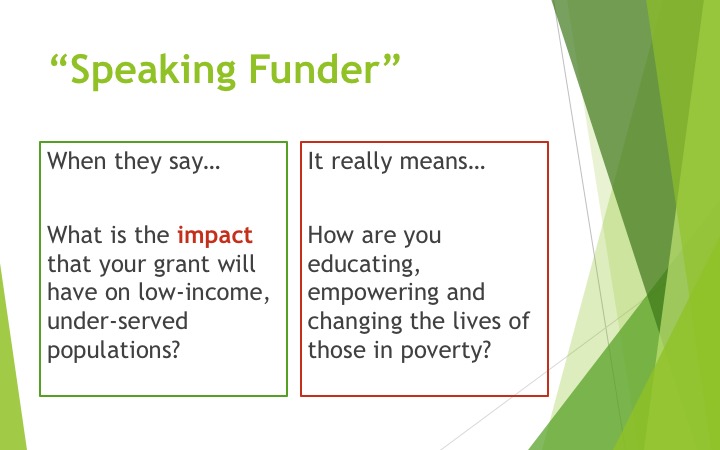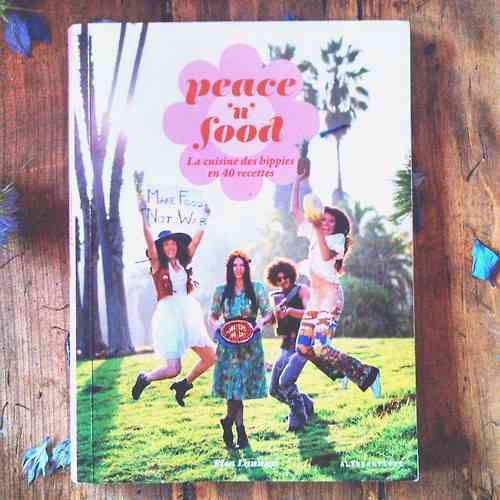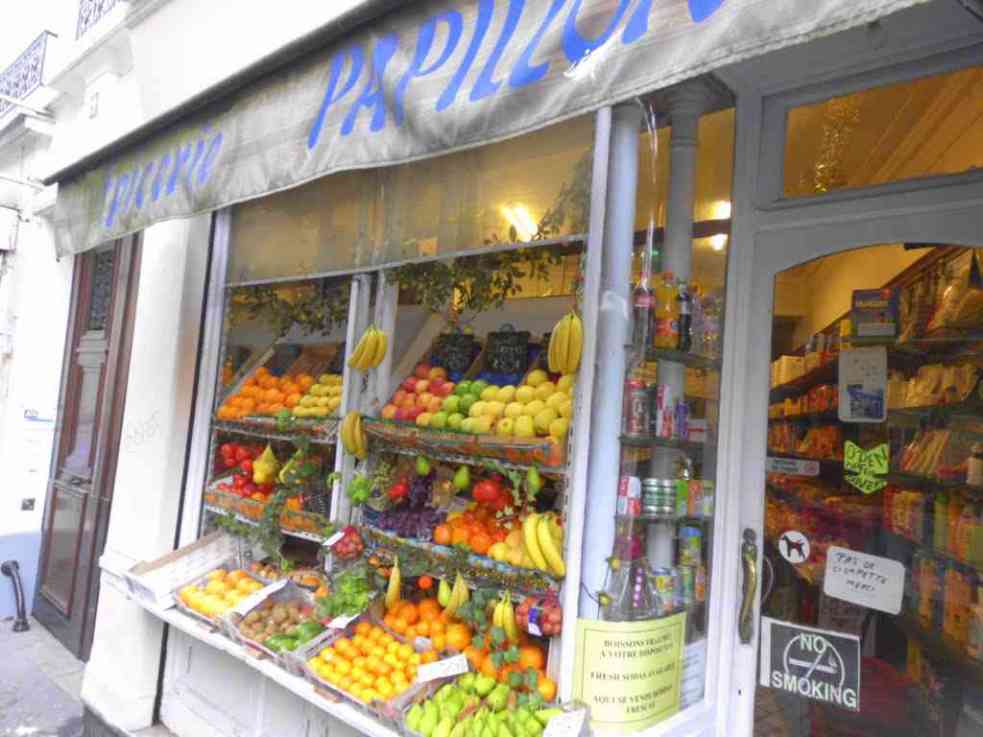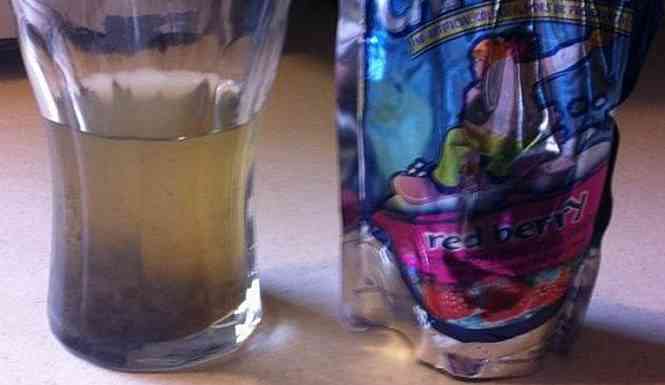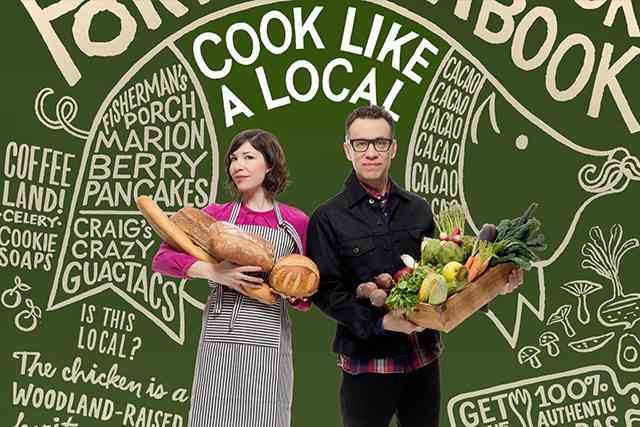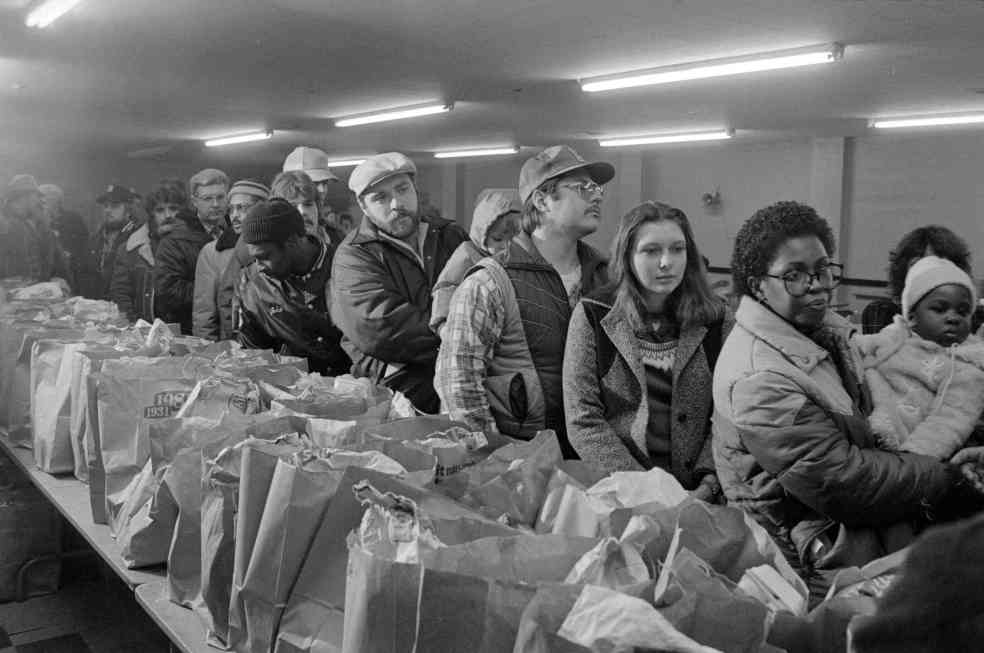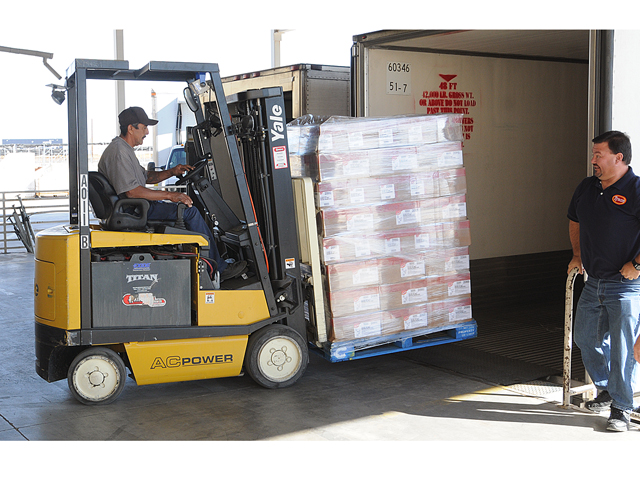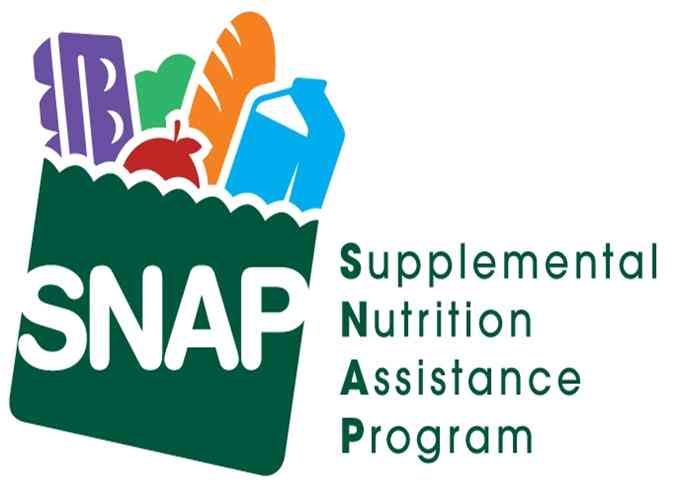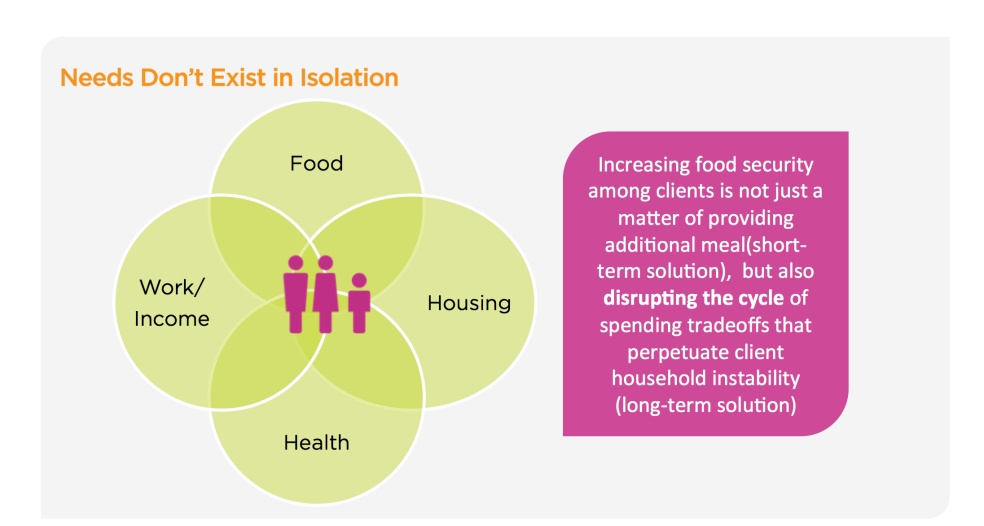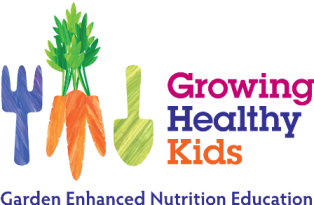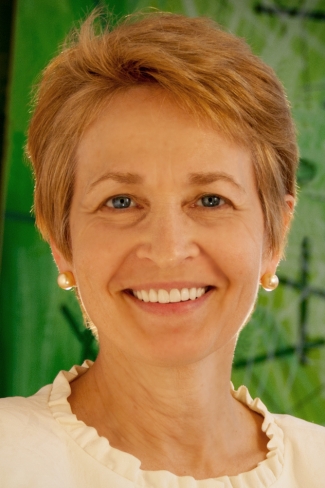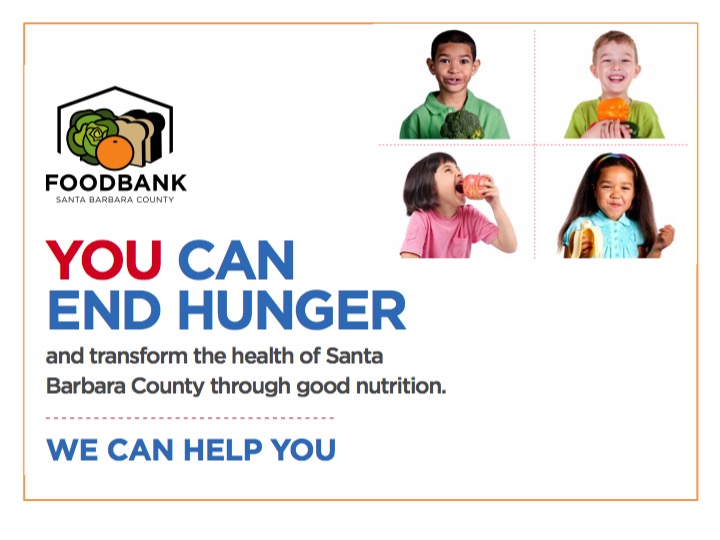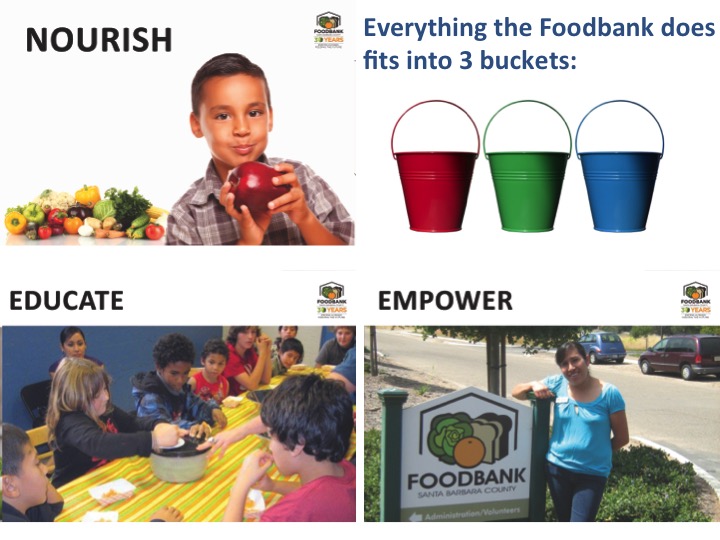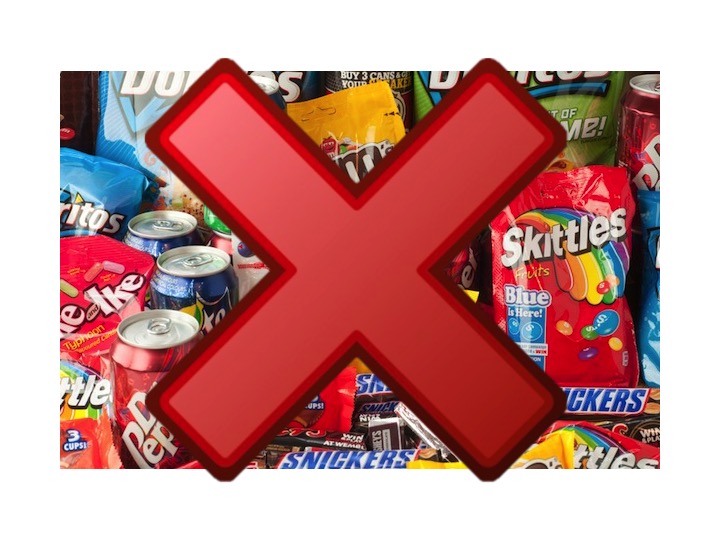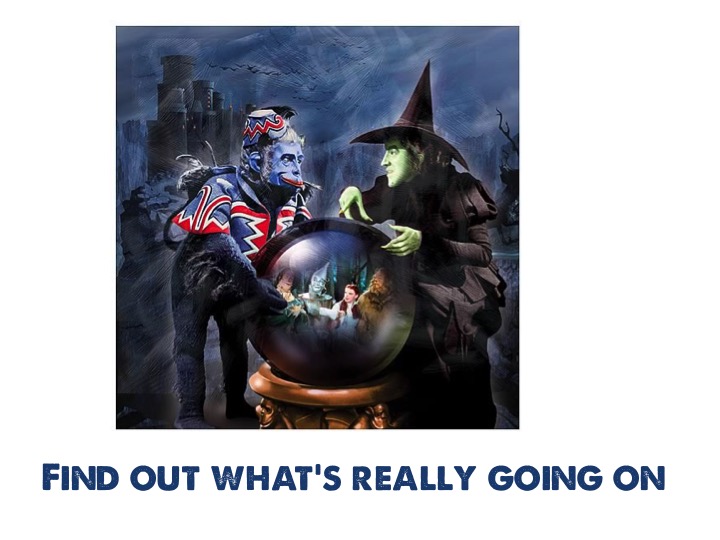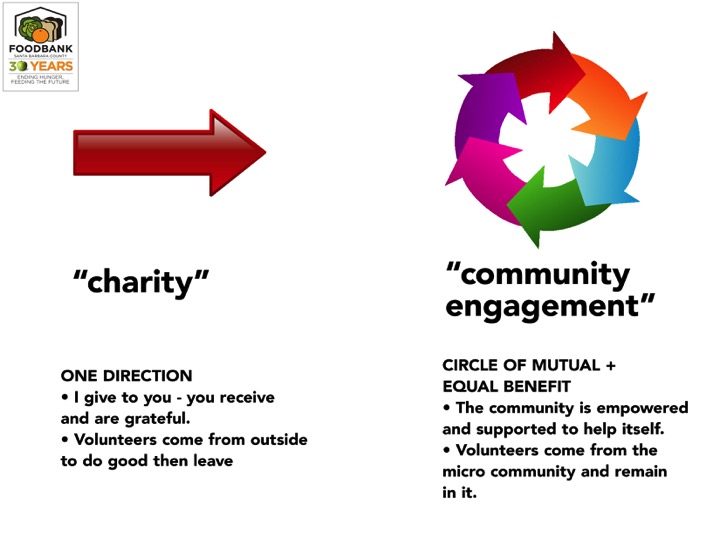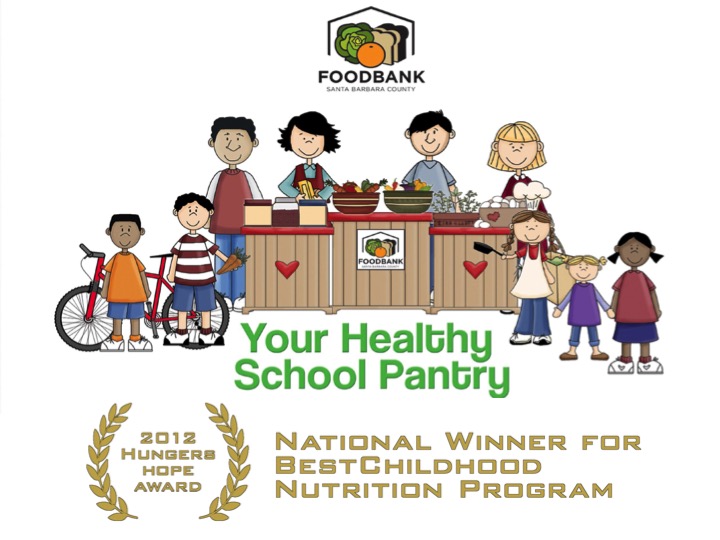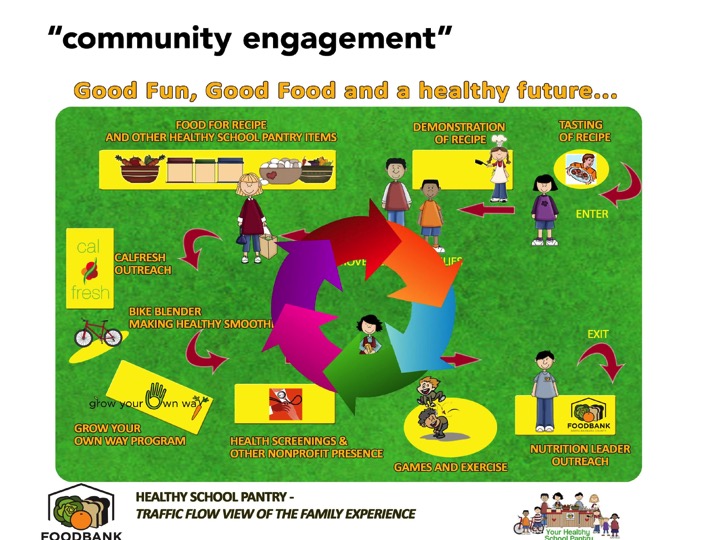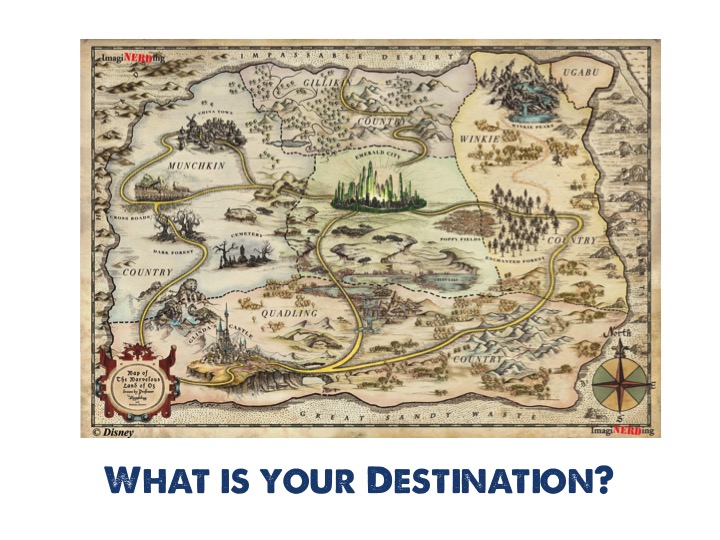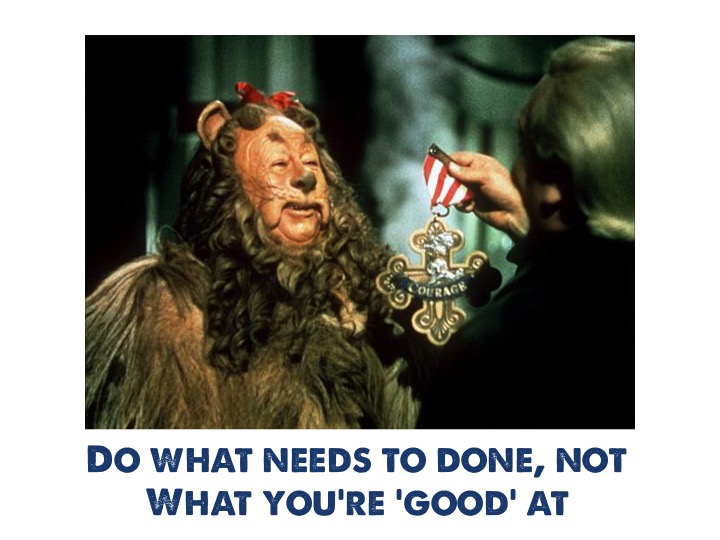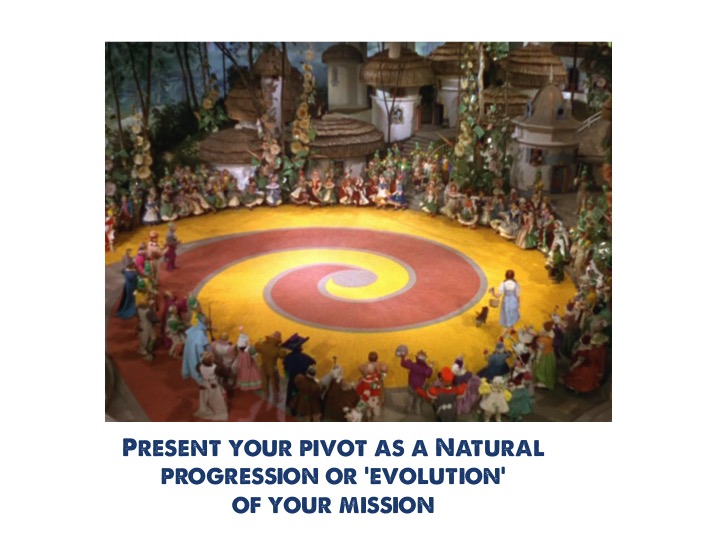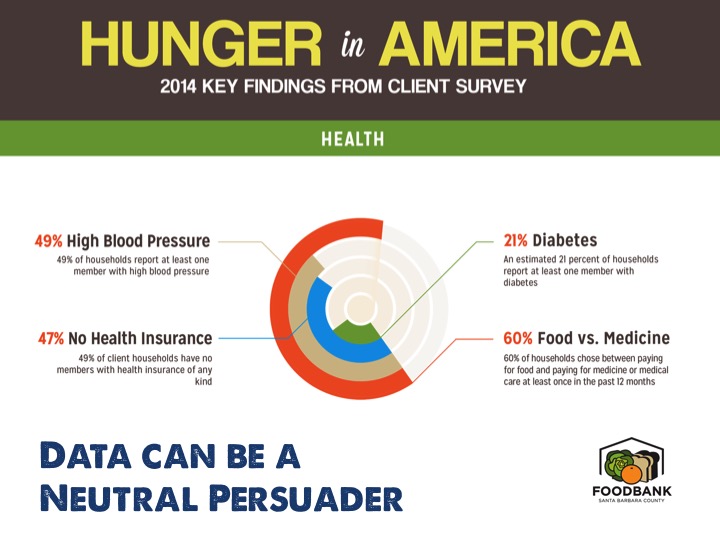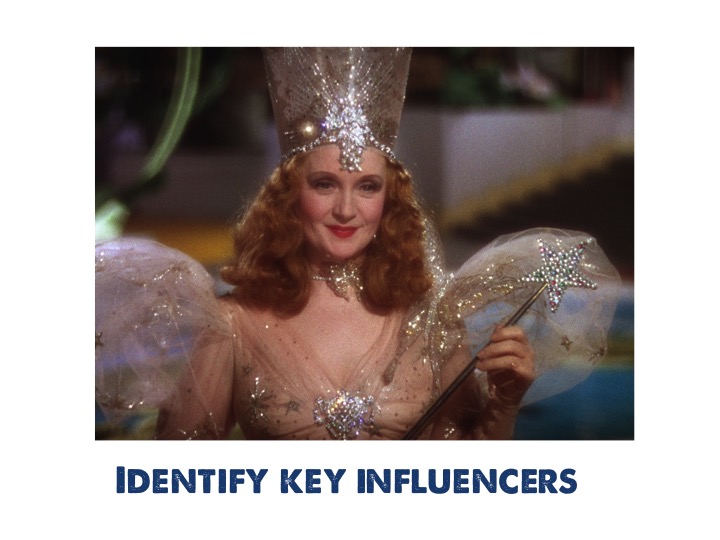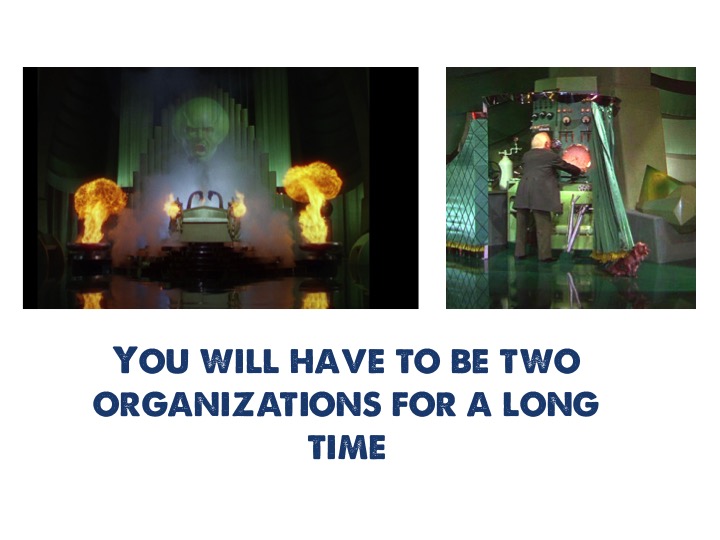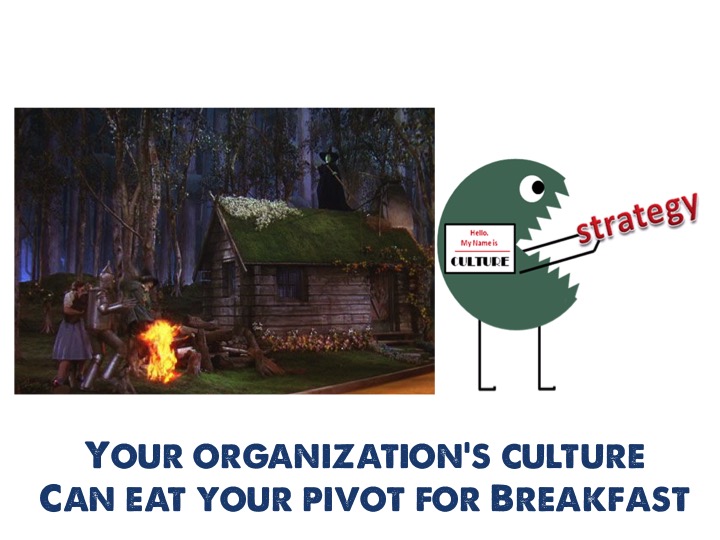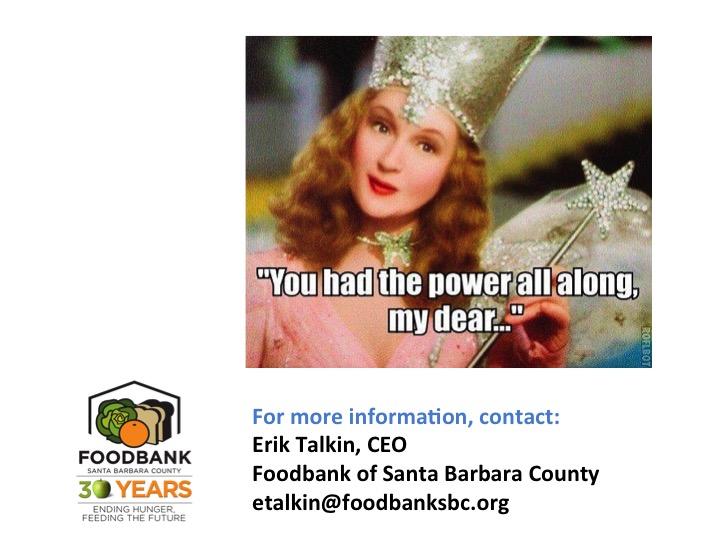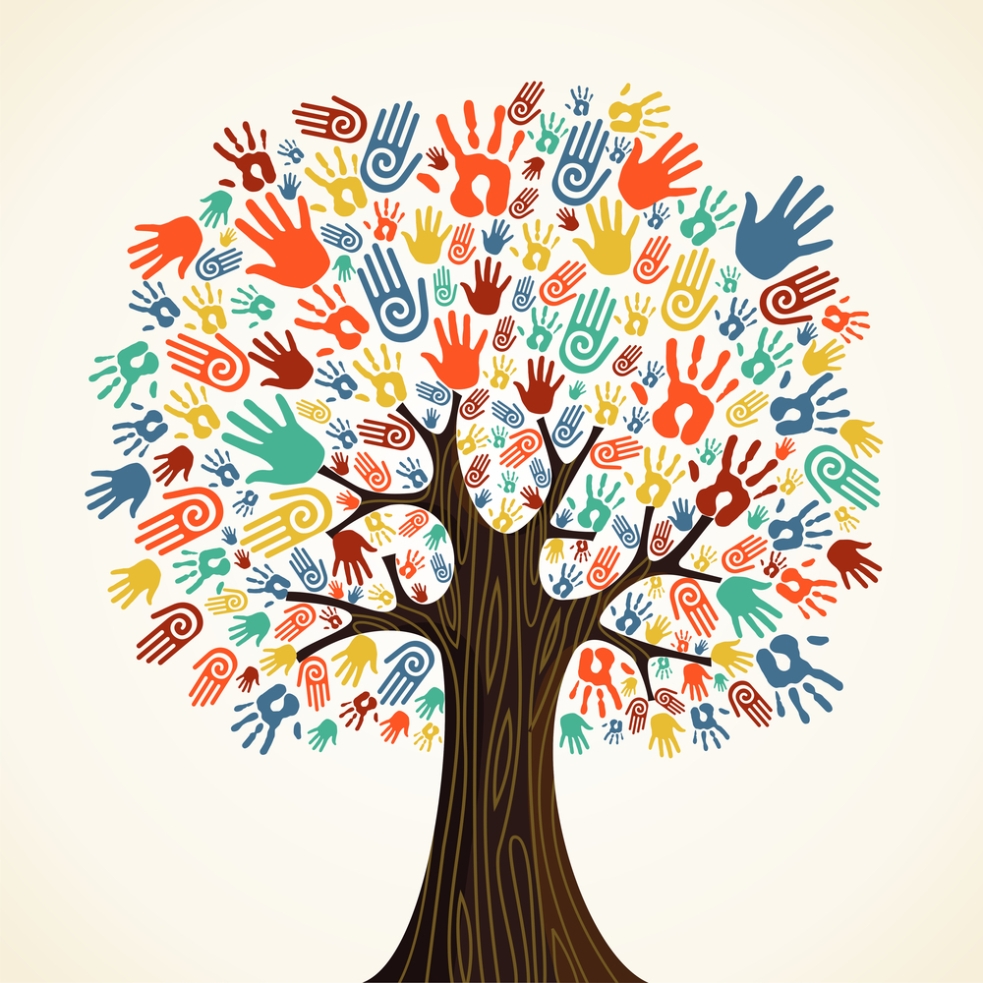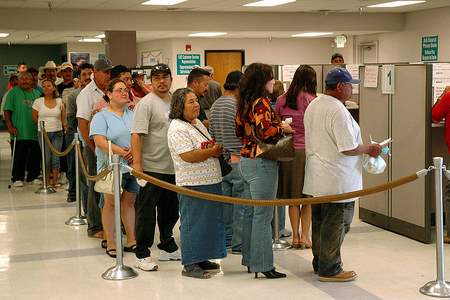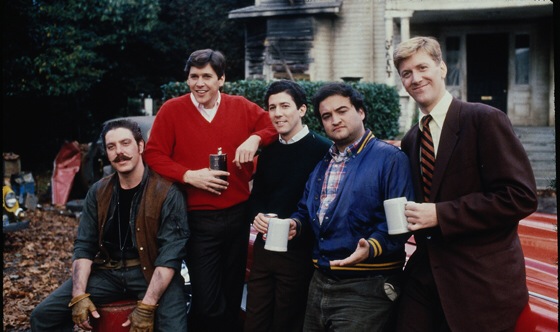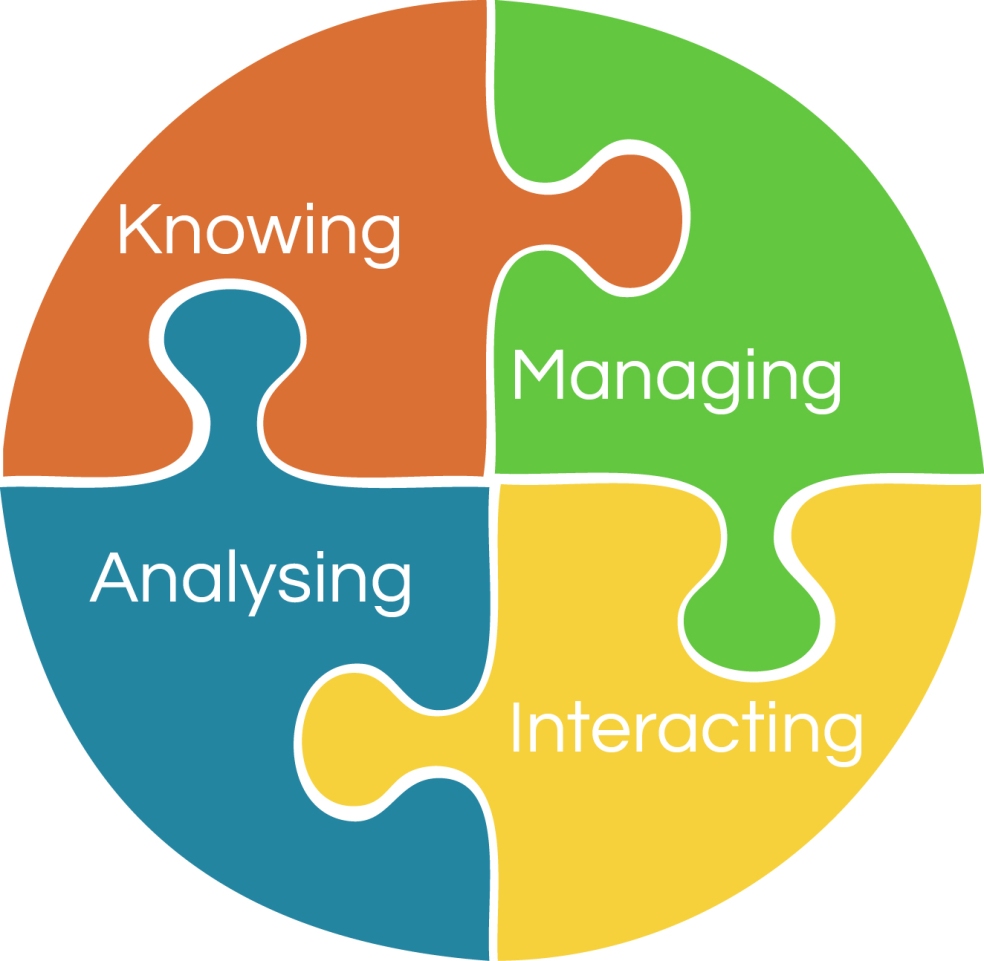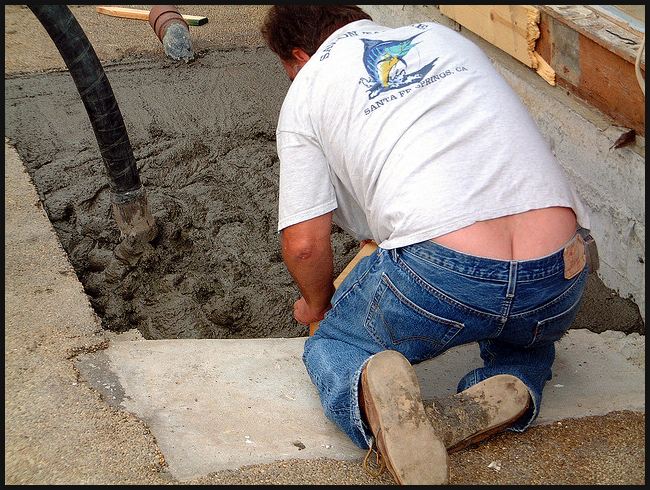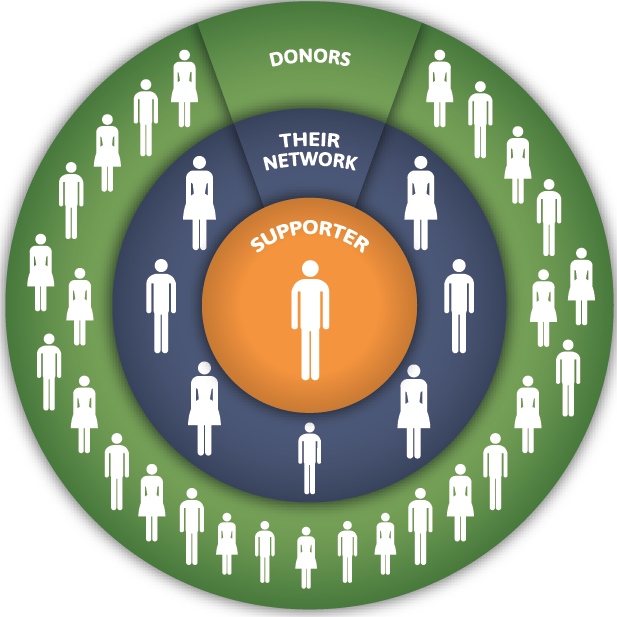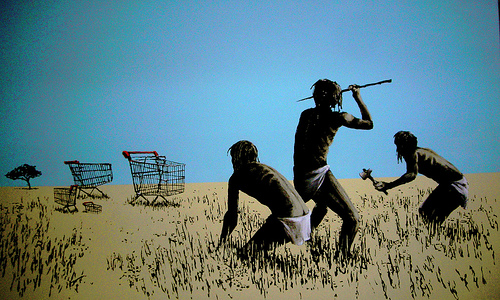If the disaster in this bogus TV report (that we created for a tabletop training exercise) actually happened, would you have the resources and expertise to tackle it?
How can we obtain those resources for our organizations and at the same time have them do the double duty of serving to build the totality of our organization during all the times when our main focus is on another disaster, the daily disaster of hunger.
Wait! This is the Hunger into Health blog. Education and empowerment. The blog that never met a vegetable it didn’t like. What have I got to contribute in the specialized disaster world of tough looking men and women supping coffee and barking into sat phones as they tap on crush-proof laptops?
Especially since my main experience of natural disaster as a resident of Santa Barbara prior to 2017 was this:
June Gloom. A time of year when the sunny every day climate goes away for a little while and everyone goes into a major depression.
But then in Dec 2017 that all changed. Hell came to Paradise – the Thomas Fire.
We’d had a few large-ish fires before, but nothing like this.
- Went on for a month and burned 440 sq miles.
- Largest CA wildfire in history at the time.
- 2 dead and over 2.2 billion in damages.
- Destroyed 1,063 structures
- 104, 607 residents forced to evacuate in SB and Ventura Counties.
And one of evacuating families was mine. Here’s my daughter Mia ready to face the dangerous air quality.
We figured the major inconvenience of evacuation was going to be the end of it. But then, fate, like Steve Jobs, threw ‘one more thing’…
Torrential rain met burned soil loosened from the fire and swept down the hillsides of Montecito.
- • 23 dead
- 129 destroyed and 307 damaged residences
- Main 101 freeway closed for 12 days, requiring 260 mile detour to get to SB from Los Angeles.
- Sister food bank, Foodshare in Ventura resupplied our Carpinteria program.
Even Oprah was affected. But rest assured that Ellen’s Llama’s were evacuated.
That’s what we faced. My mantra in this post is that disaster brings great opportunity. We live in a world that is not big on preparation, but if something bad happens then large pots of money can potentially be coming your way and you need strategies to maximize this and make the best use of it.
We had a big windfall in 2008 with the crash, and we used the money to propel ourselves to the next level as an organization, and the same is true of the Thomas disaster.
Disasters, like everything else have their seasons and cycles that we have to be able to understand to benefit from and to avoid doing the wrong thing at the wrong time, which could alienate supporters at a time when they may be extra sensitive.
Here is the standard cycle of preparation.
Of course human nature and the human experience do not fit into this. So maybe we better consider this continuum as well…
You need to understand the deep emotions that are raised by disaster. If you hit the right notes at the right time, you are golden. Hit the wrong one and ouch.
The other thing to say is that there are two distinct arenas of disaster fundraising. The response phase and the preparation phase.
Readiness is a lot more interesting to people when there is a disaster fresh in their minds. There is an 18 to 24 month window to capitalize on it before memory submerges.
When there is no recent disaster in memory, you have to pitch it as building community resiliency and seeking funding from those foundations and others who prioritize this.
DISASTER FUNDRAISING
Let me explain how we raised funds in the aftermath of the disaster and how we built that into an ongoing platform for support.
The first thing we did was try to promote our existing disaster plan. We simplified it into an aspirational document – that therefore needed funding, because there were things on it which we hadn’t done yet.
We also produced TV ads that reminded people about our disaster credentials.
During the disaster, we discovered that our relationships with government and key emergency players were not sufficient to enable us to do our job. We needed to build these relationships and also make a statement of our leadership potential within the disaster environment.
And so when you want to make friends, you have a party.
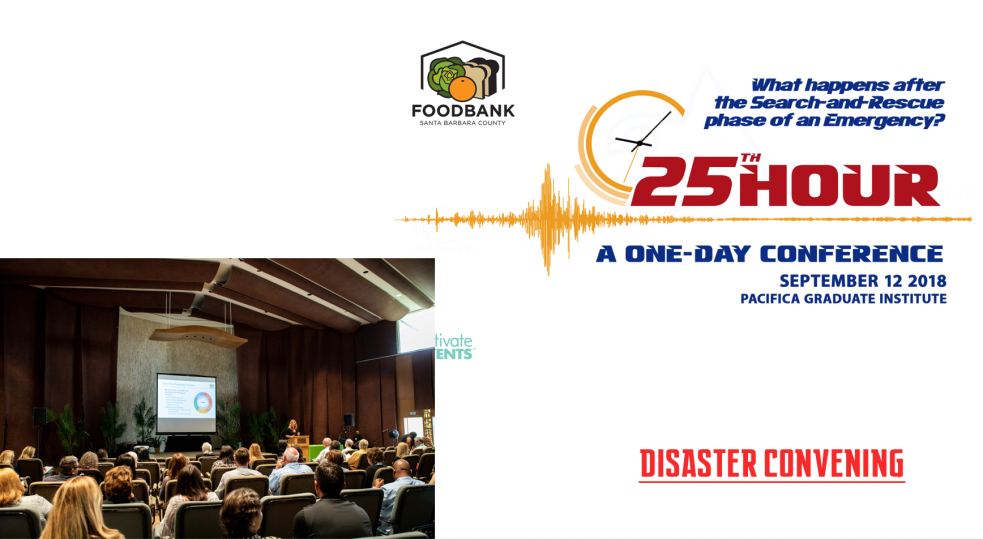 We held a major conference bringing together the broad spectrum of disaster professionals and NGOs.
We held a major conference bringing together the broad spectrum of disaster professionals and NGOs.
It also included a sophisticated table-top training exercise organized by a disaster professional out of MIT. This helped us set out our stall as movers and shakers in this area.
Successful nonprofits and their Executives interact with the community as subject matter experts. Consequently, we spun a white paper with learnings out of the conference and so gave us an additional opportunity to put ourselves forward as conveners and leaders.
Nine months on from that conference, we are keeping the momentum going by launching into developing a disaster feeding plan for our service area.
In your own relationship with other disaster professionals in your area, you have an ace in the hole which will get you a seat at any of the tables you are being denied access to – a network of member agencies – who have real, daily relationships with you, not dusty old MOUs. You have boots on the ground all across the area. Add to this your network of sister food banks, as well as national support, and it puts you in a formidable position.
Your programs, your network and your community network are the perfect point for disaster preparedness training, like here with an emergency preparedness fair that we are involved in. Resiliency is a key message for us and that is something that binds food insecurity and disaster preparedness together as one message. It also plays well with community foundations and strategic-thinking donors.
Of course it is tough to be selling intangibles all the time, so it pays to have a physical product to make your point. Our disaster food box has the value proposition of ‘ buy one and low income family gets another one free.’
Again, this builds the resilency theme and interconnects it with a charitable activity – I can help others while helping my family. We don’t make a dime on these boxes, but the value in terms of seeking sponsorship and grants is far in excess of anything we could get in selling them. They also have a shelf life of 25 years. Who of us can say that?
I talked about disaster working double duty to strengthen our ongoing operations. One area that is key for us is that of Food Literacy.
Here we aligned it to community resiliency and seek disaster funding to do what we would want to do anyway.
The same approach underscores our desire to build a specialized cadre of disaster volunteers to help with new distributions (like when agencies can’t operate during a disaster).
The idea is that this will help us build up our existing volunteer structure with new training and new resources – and again, all in the name of disaster resiliency. Our first stage will be to use existing CERT trained volunteers.
Following on from this is a specific volunteer area that we needed to address, based on our Thomas Disaster experience – the lack of sufficient PIOs.
These days we seem to be living in an all-disaster all of the time type of world, so you can use these principles to deal with other community challenges that come up. Like the Federal Government workers furlough.
These short-term challenges allow you to keep building your message of the food bank feeding EVERYONE in time of disaster.
In summary, here is the secret formula that will lead you to increased support in the disaster sphere.
May all your disasters be small and have large silver linings.
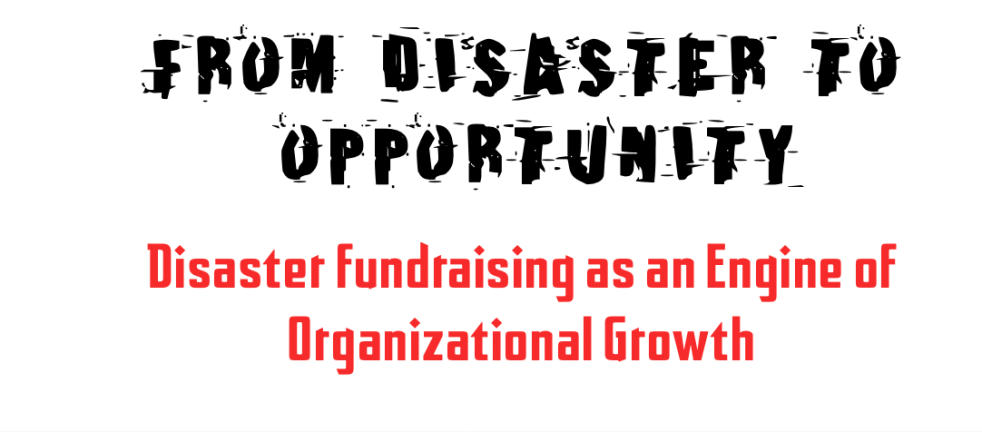
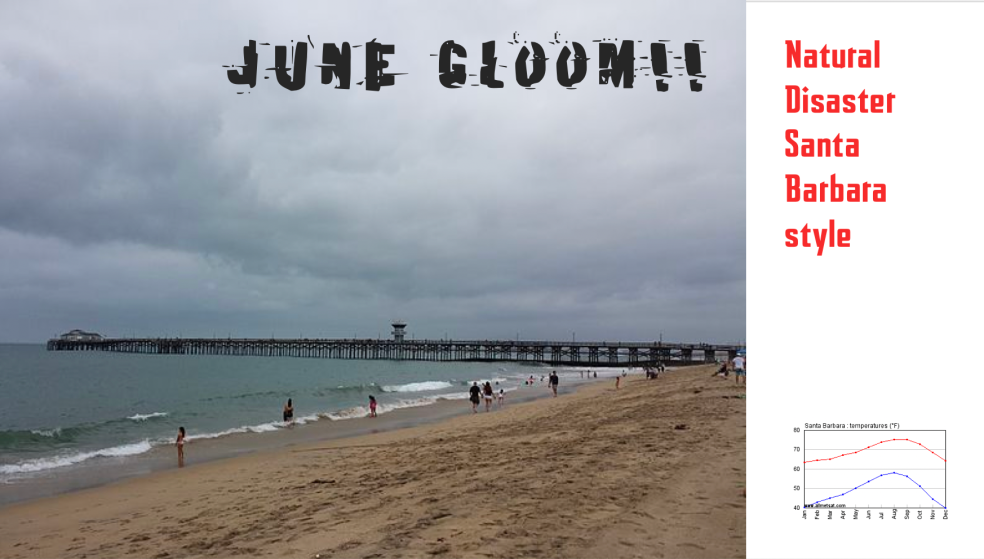


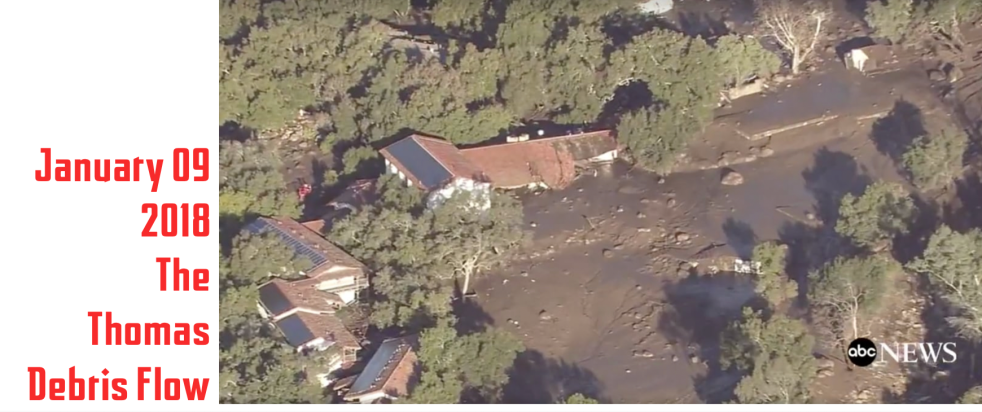
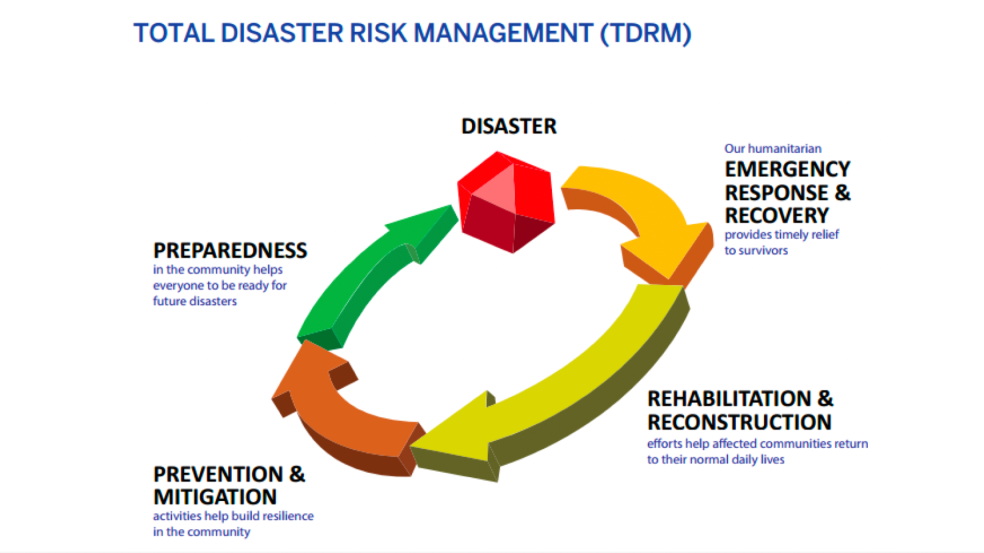

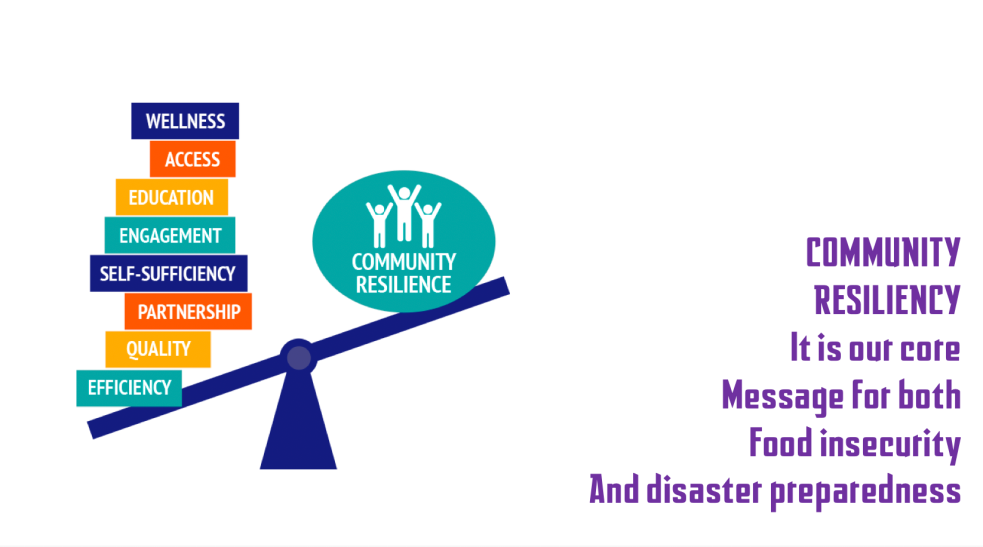

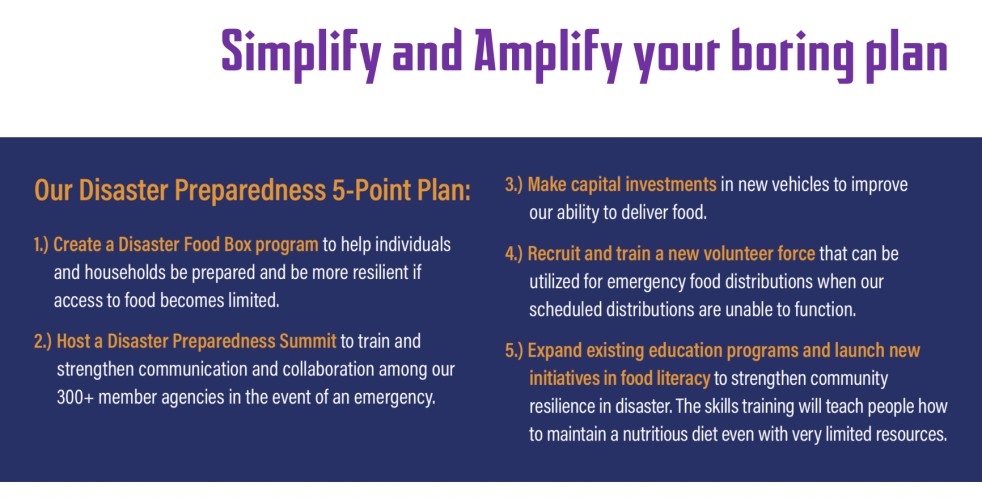
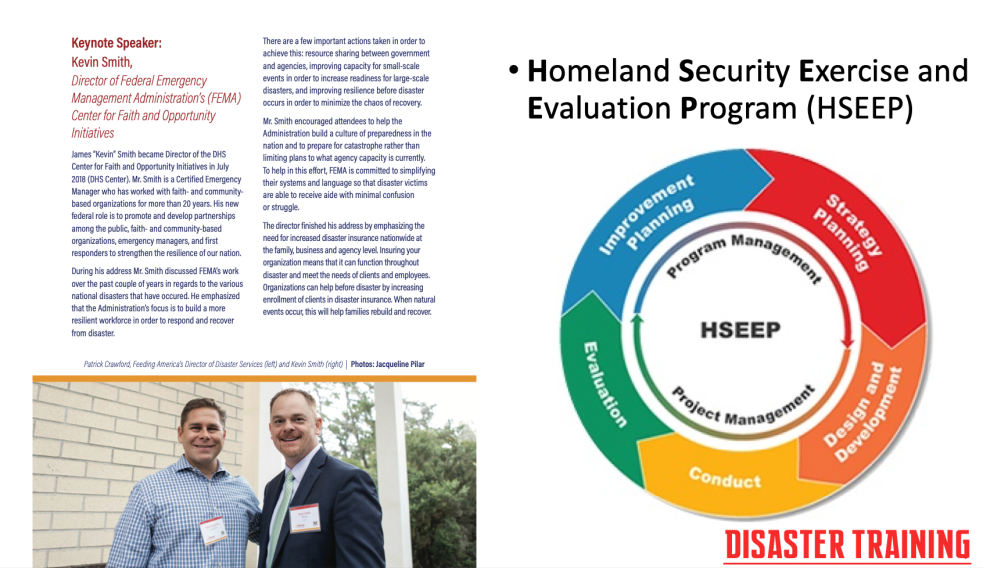

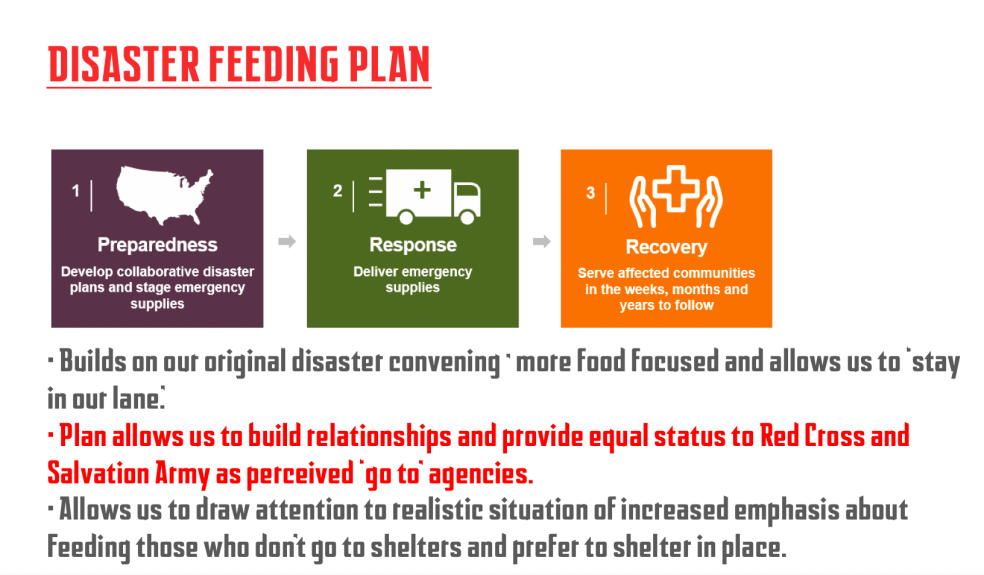
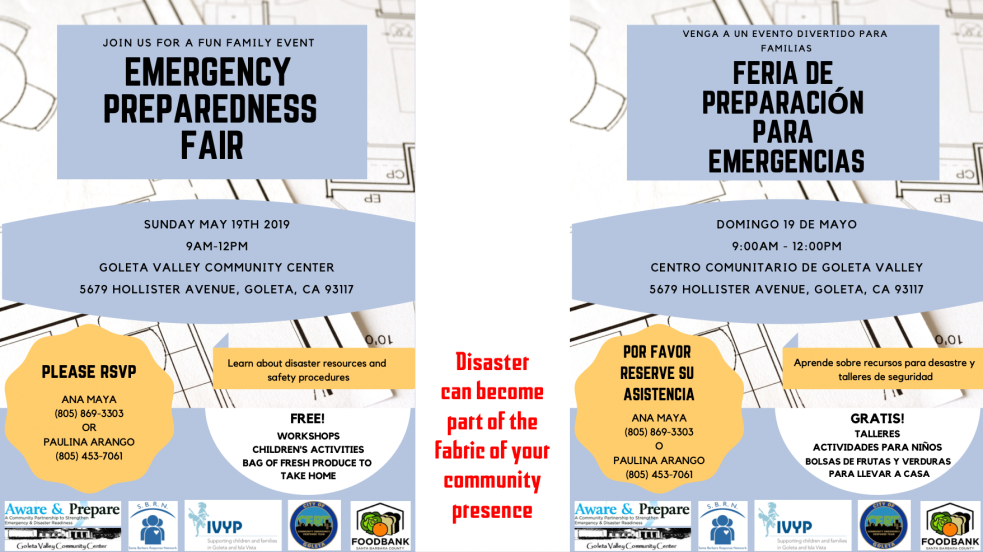
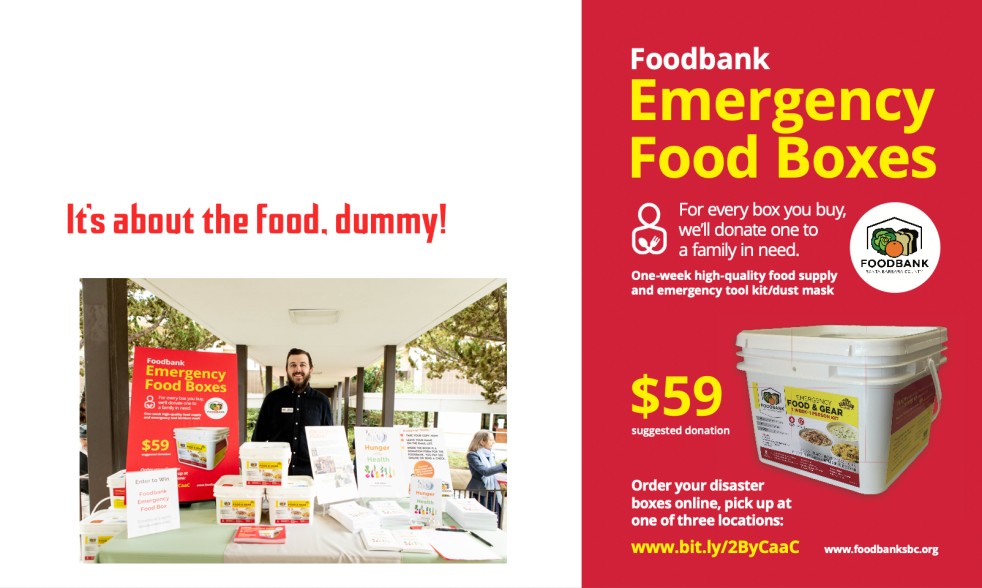
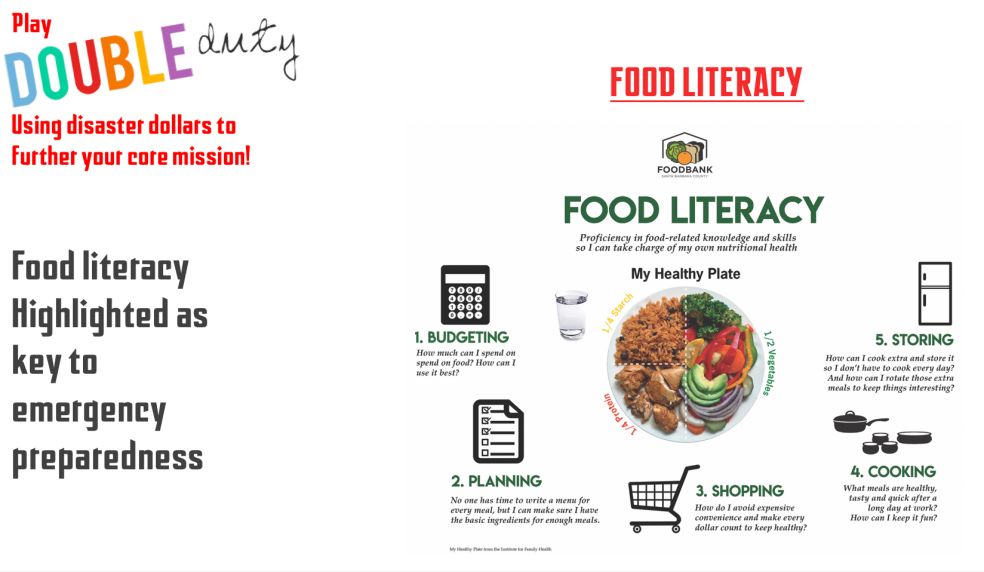
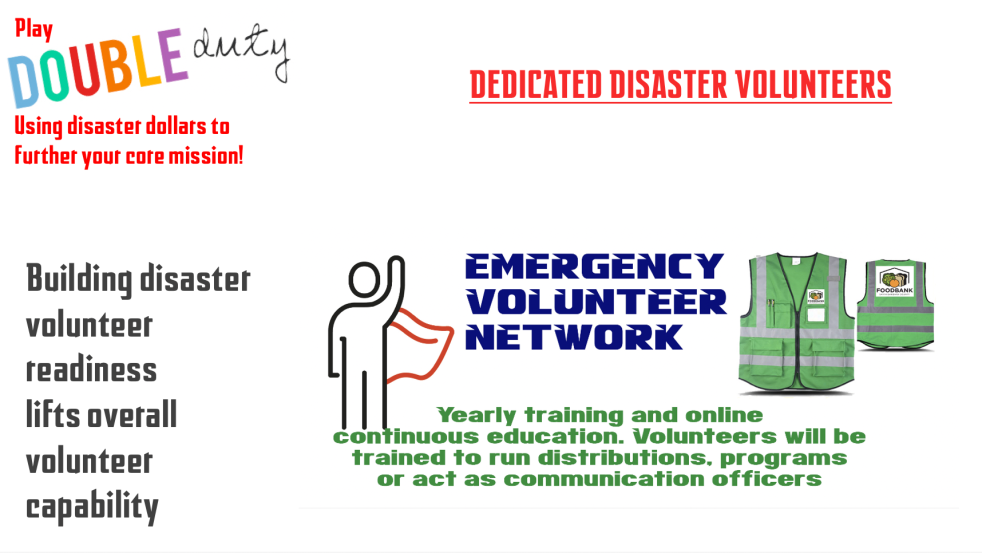
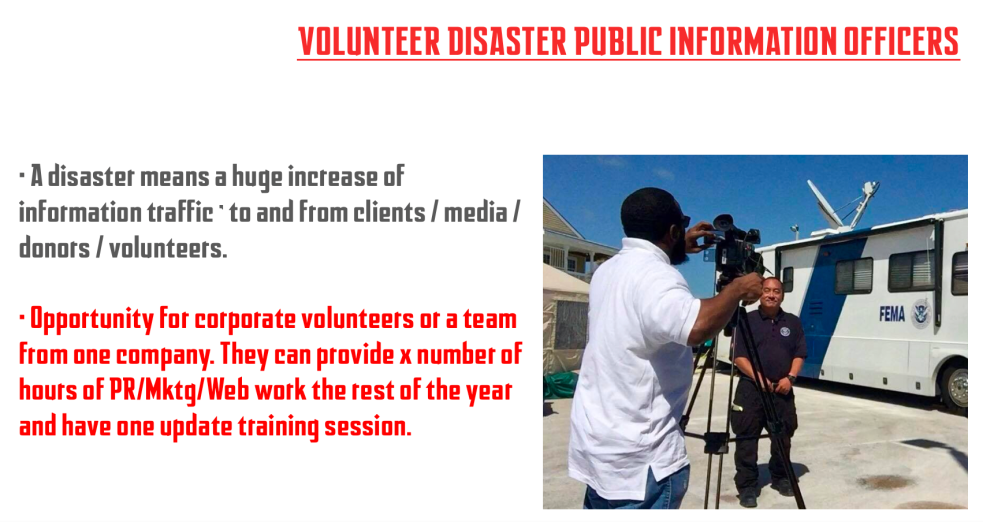
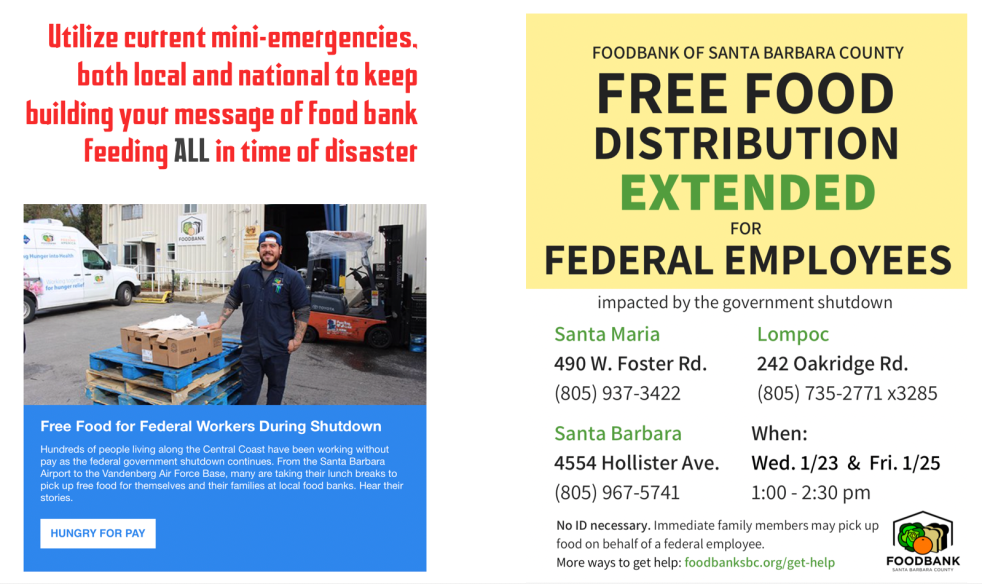
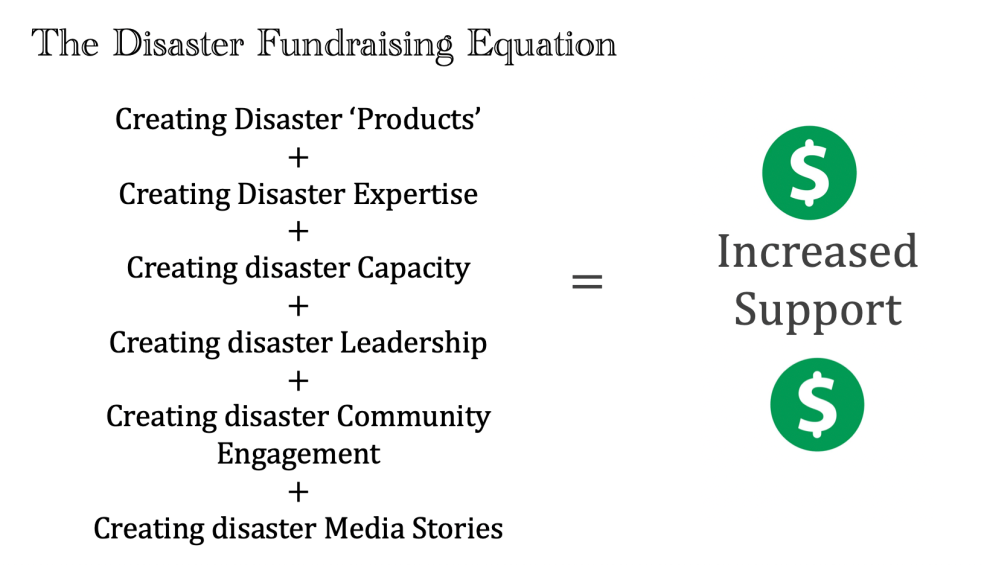
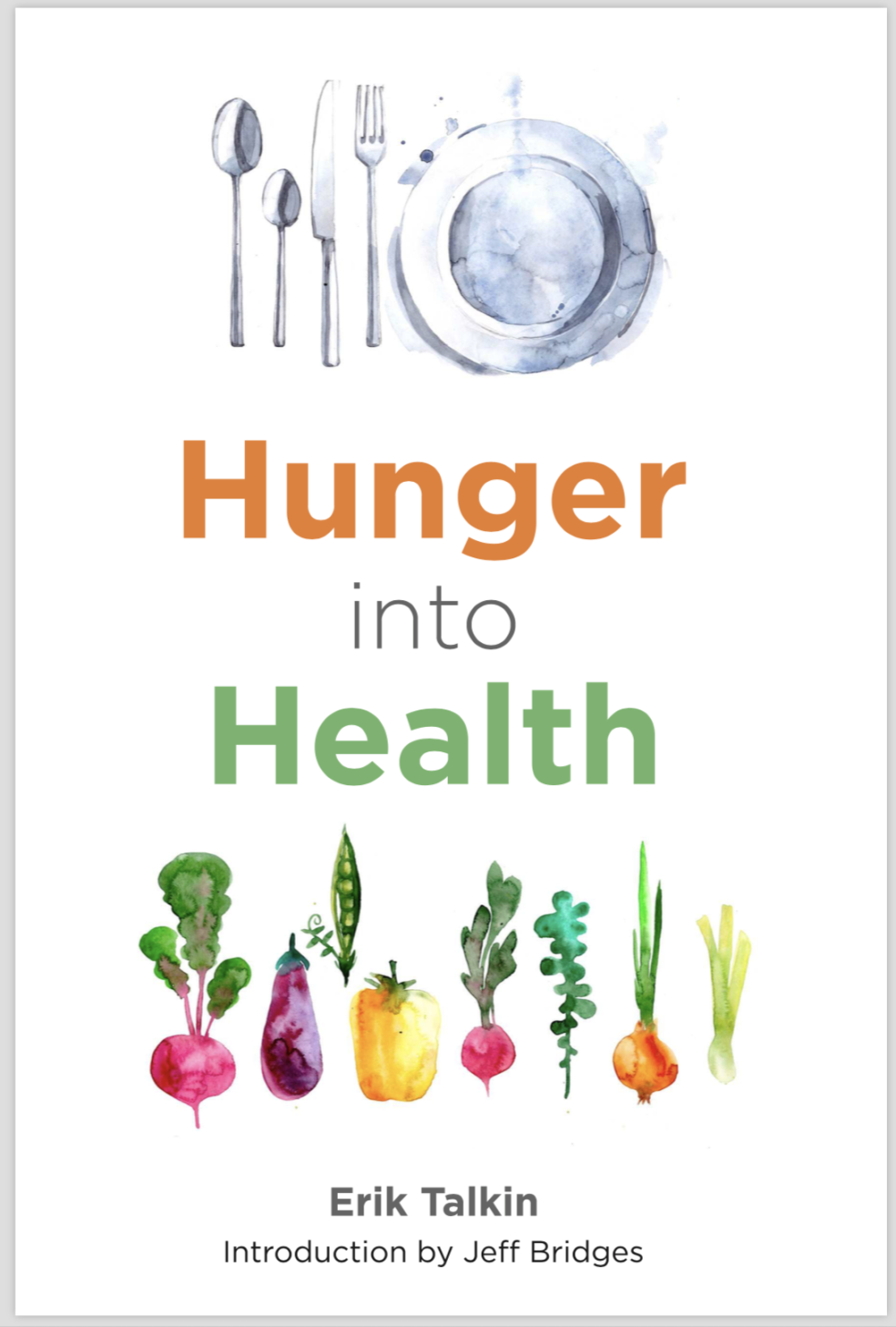
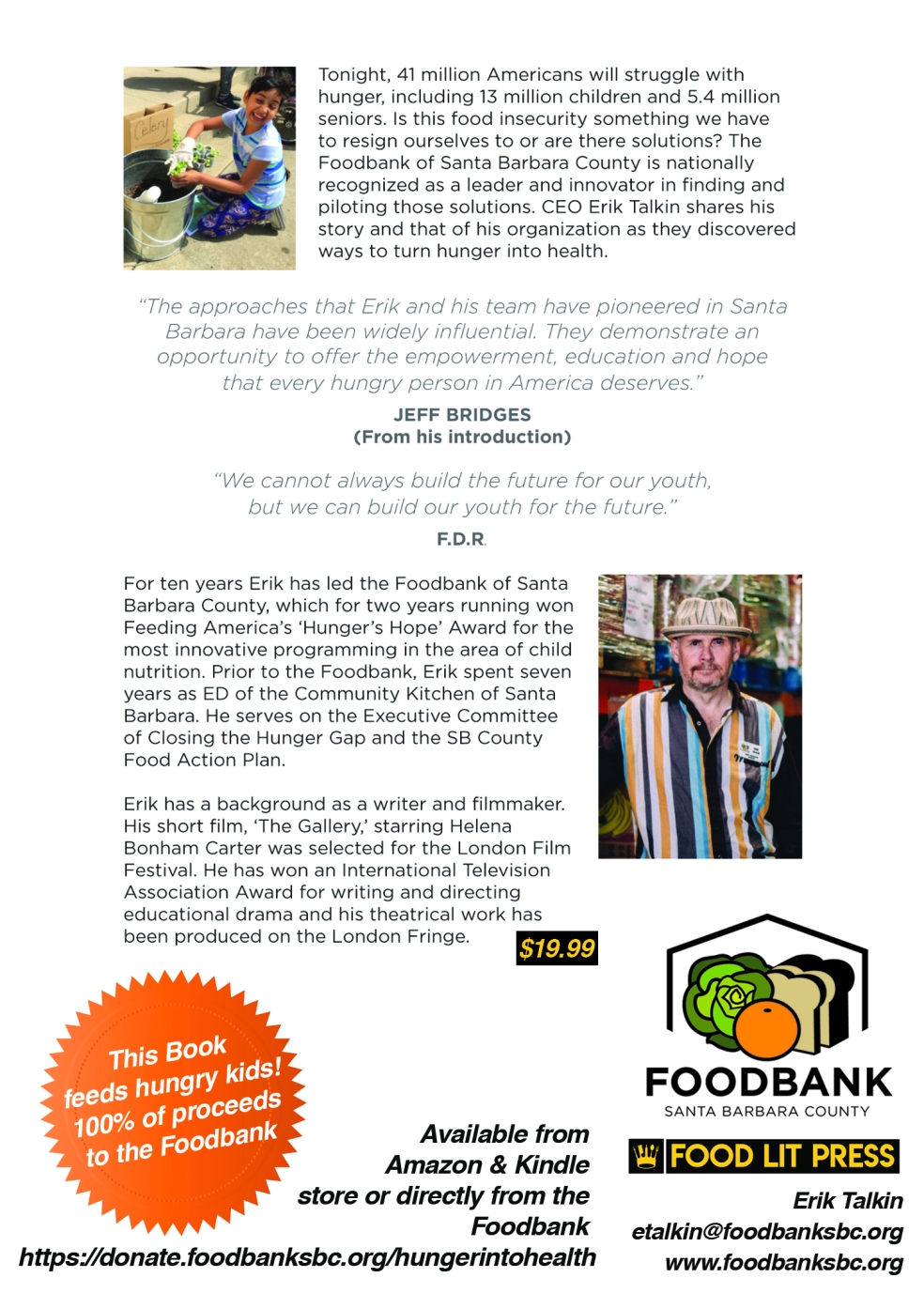
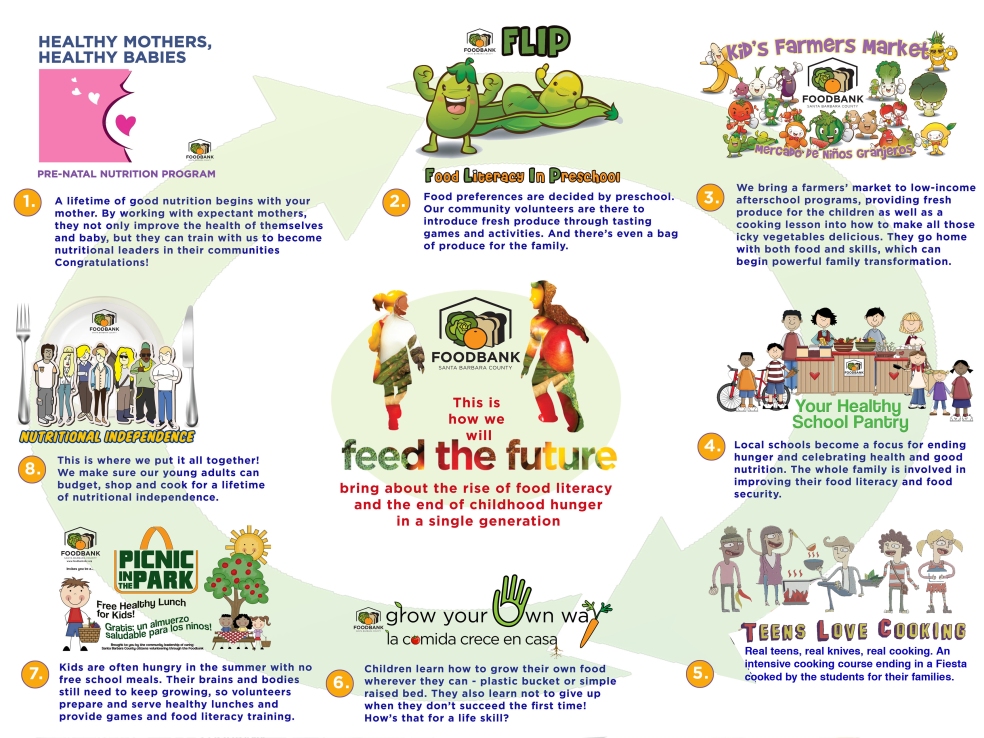
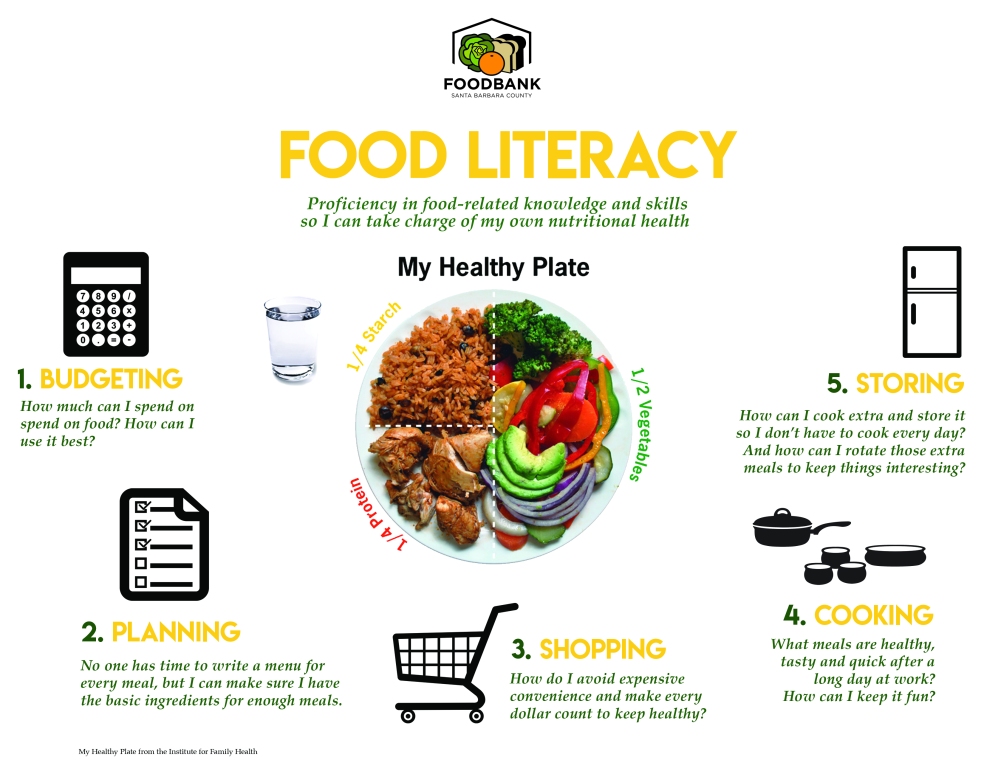



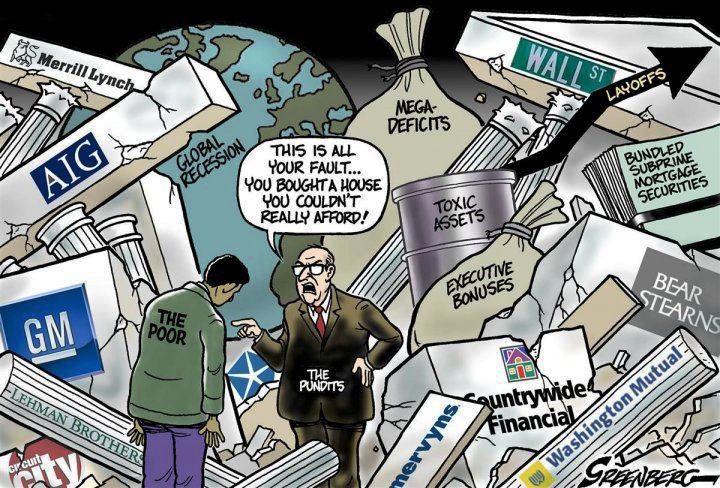

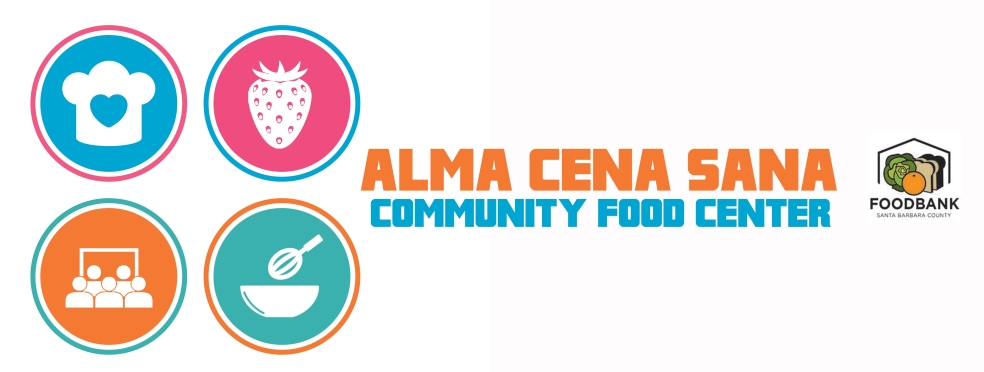
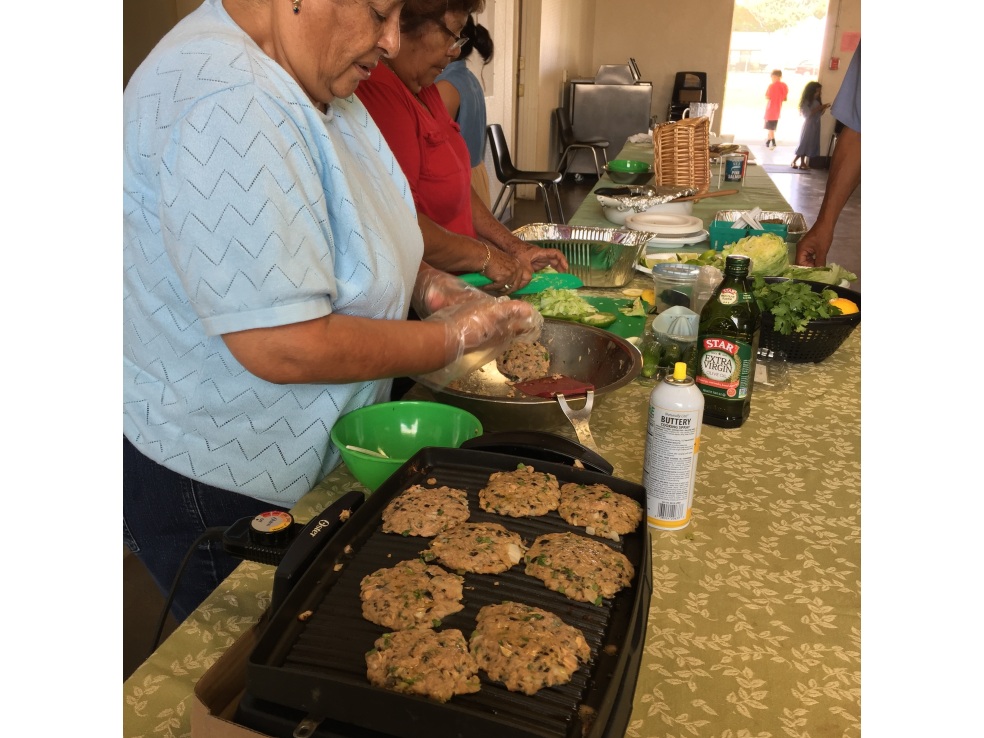
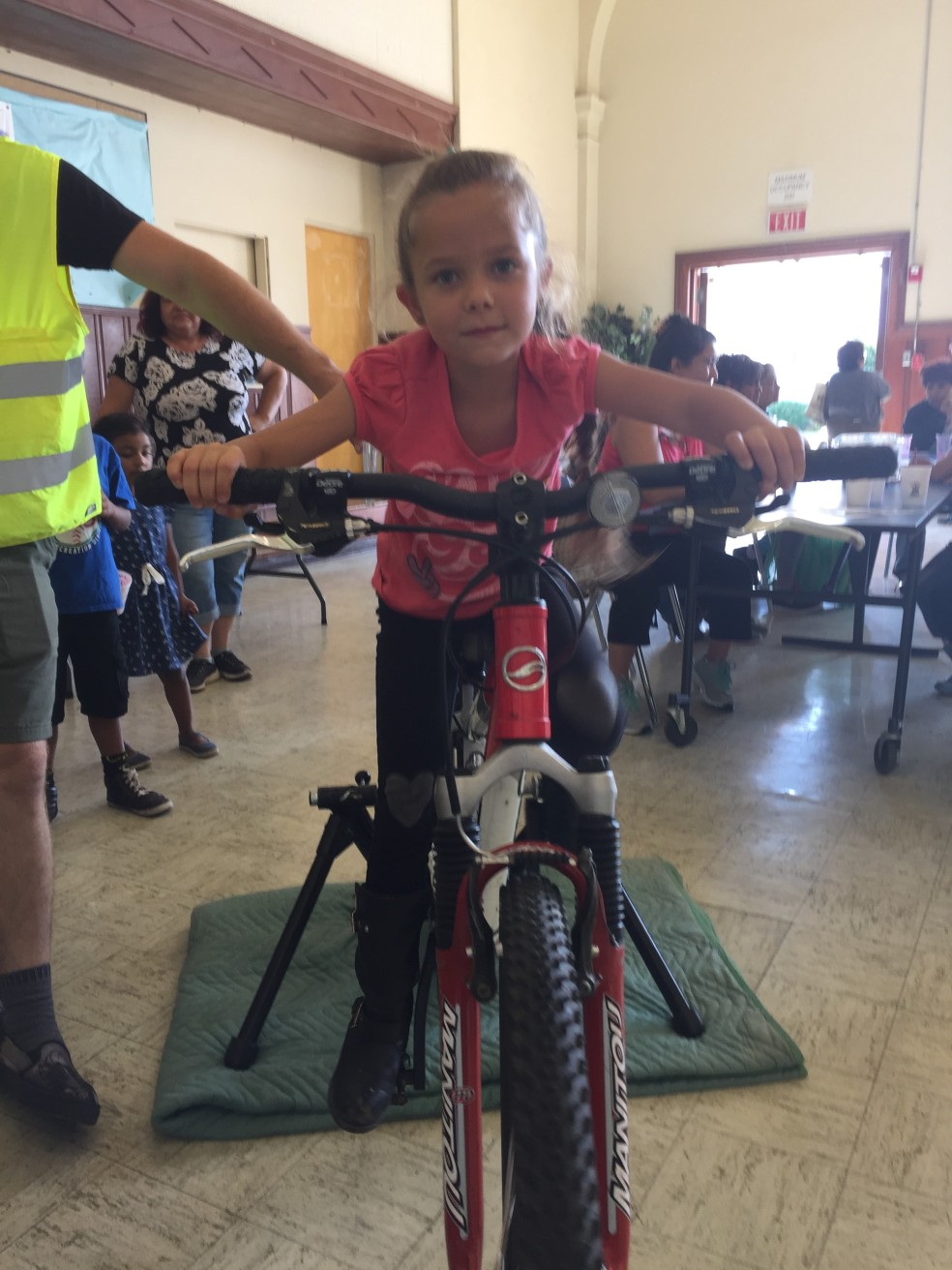
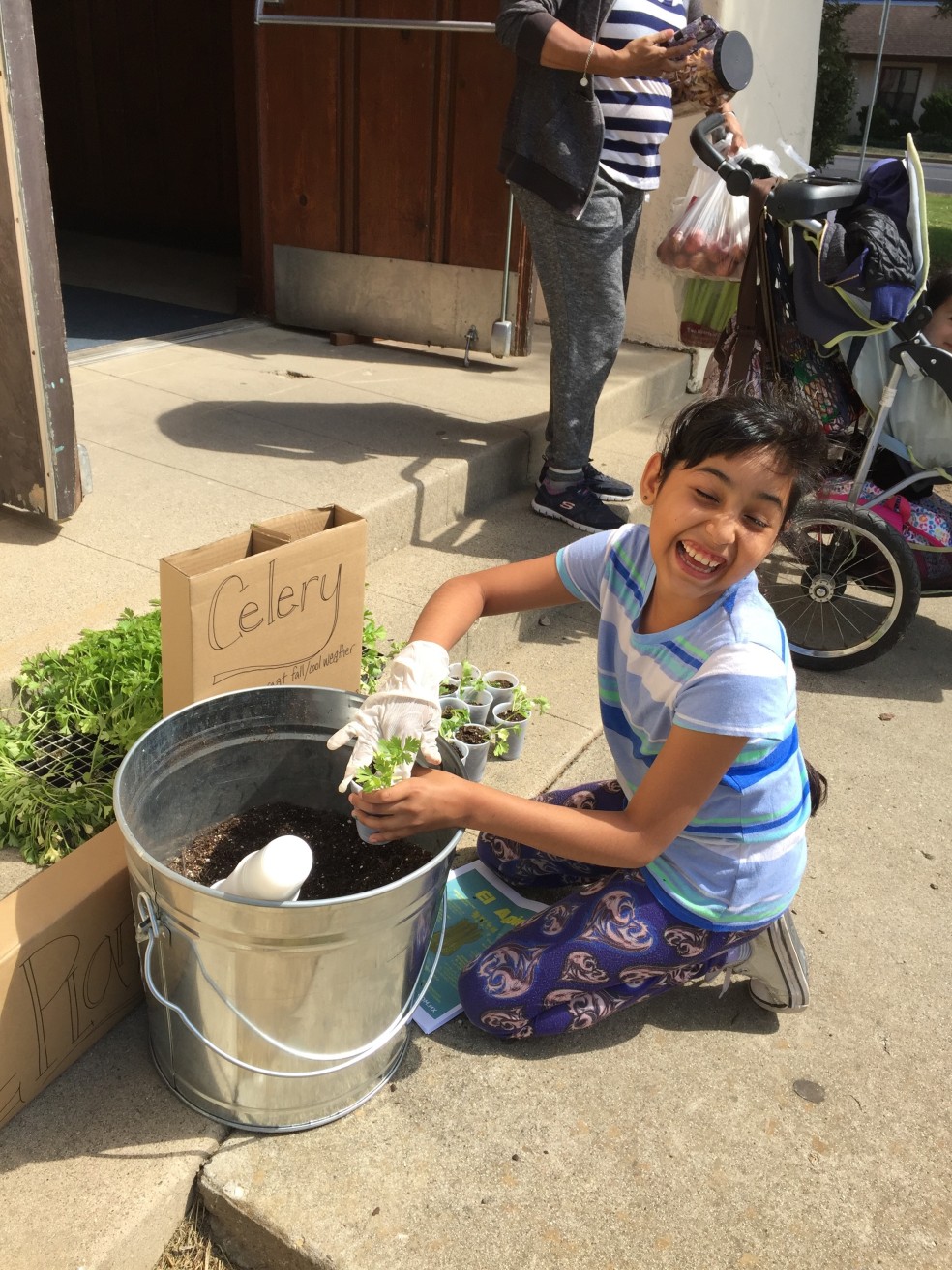




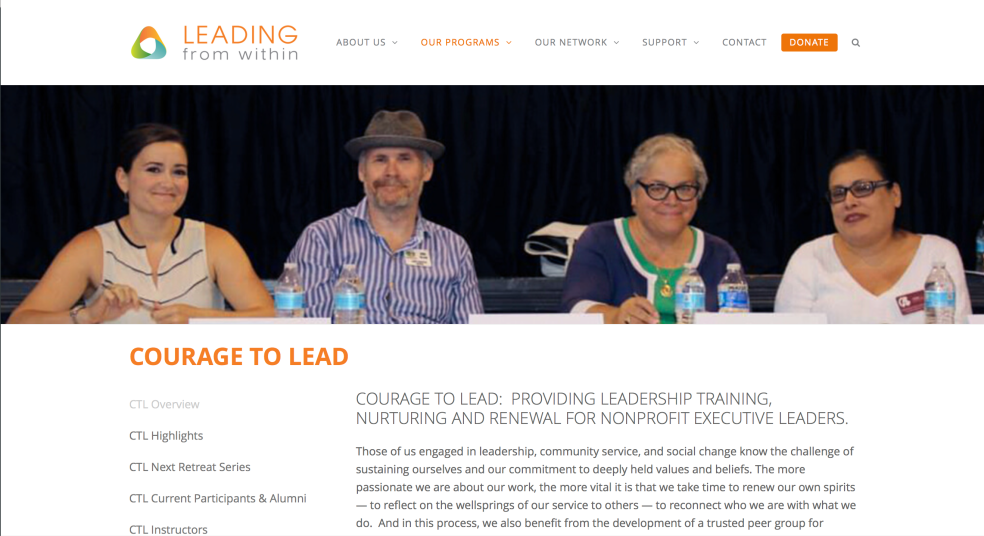
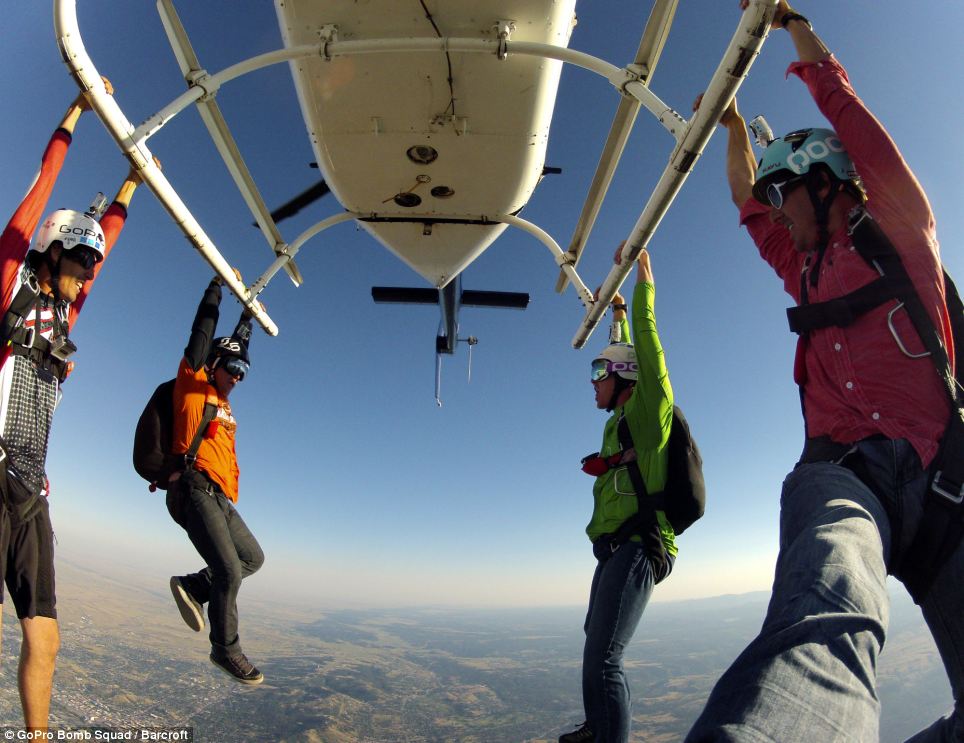

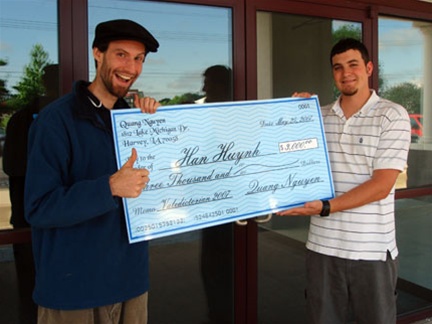


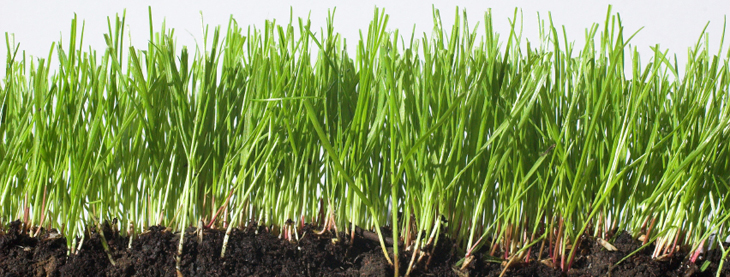
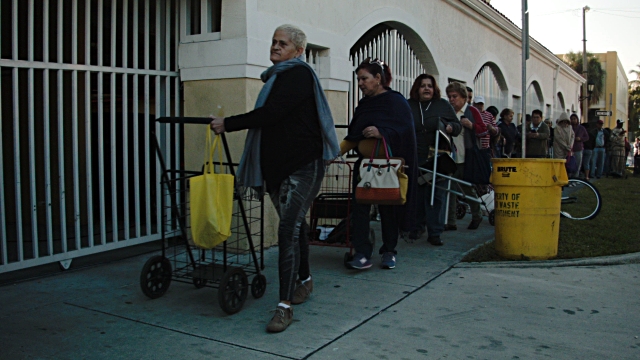

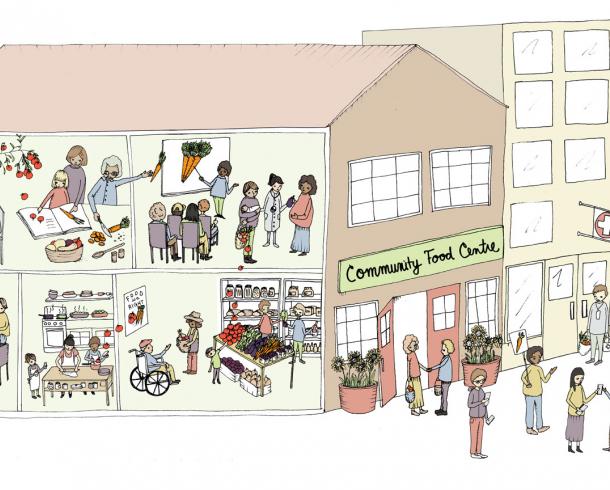
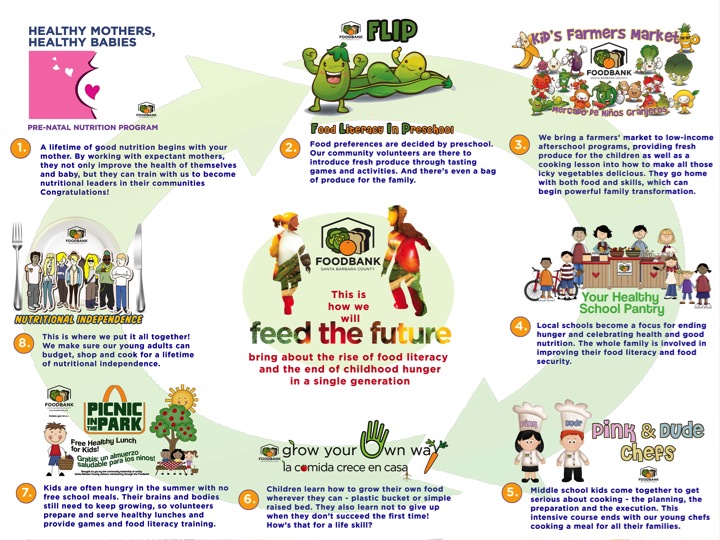
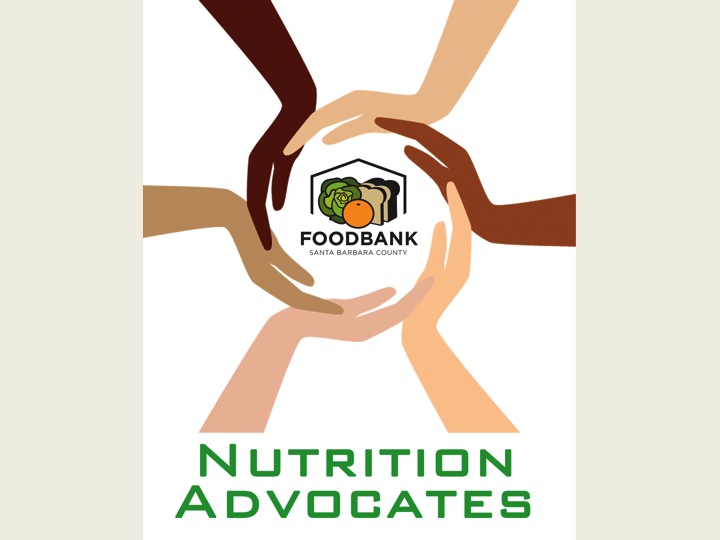
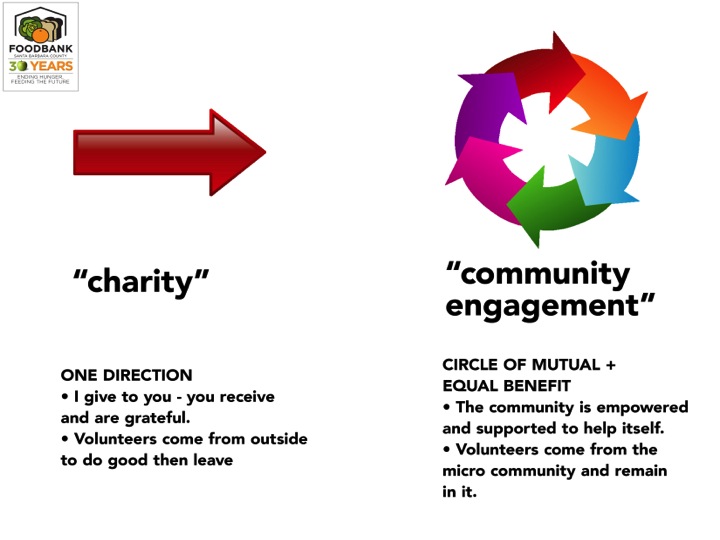
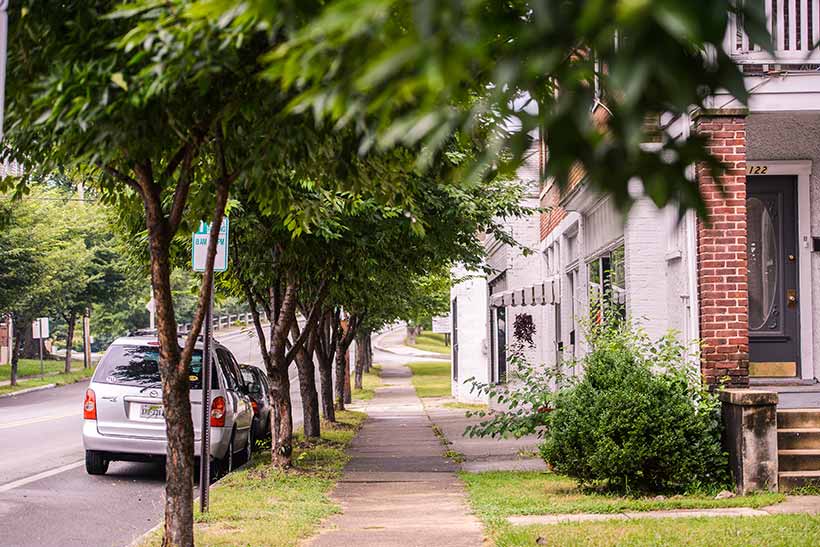
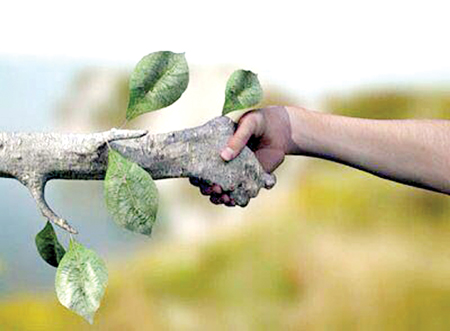

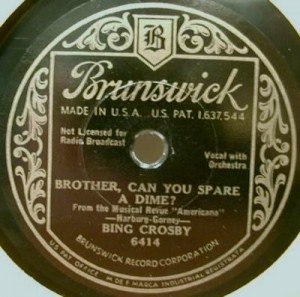



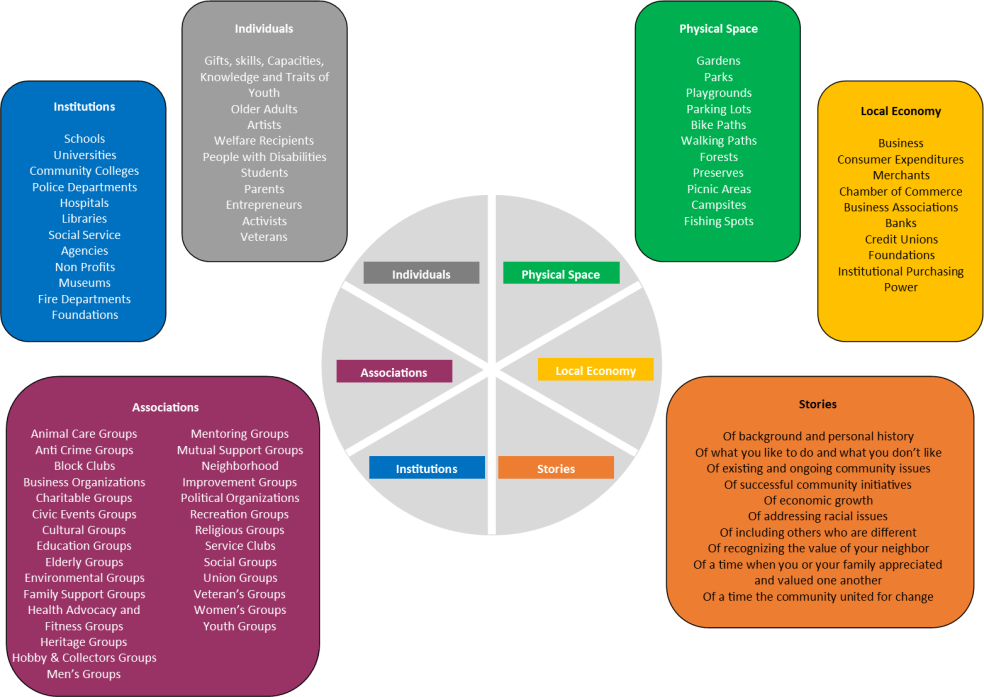
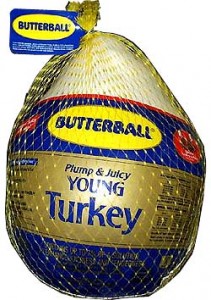
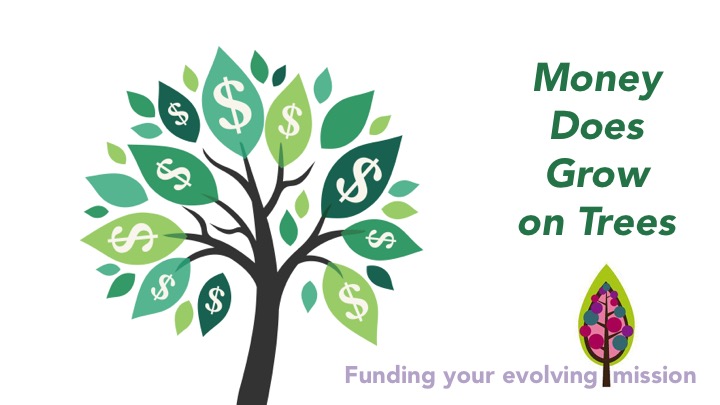 New opportunities to make long term impact on health and food security require a fresh approach to fundraising.
New opportunities to make long term impact on health and food security require a fresh approach to fundraising.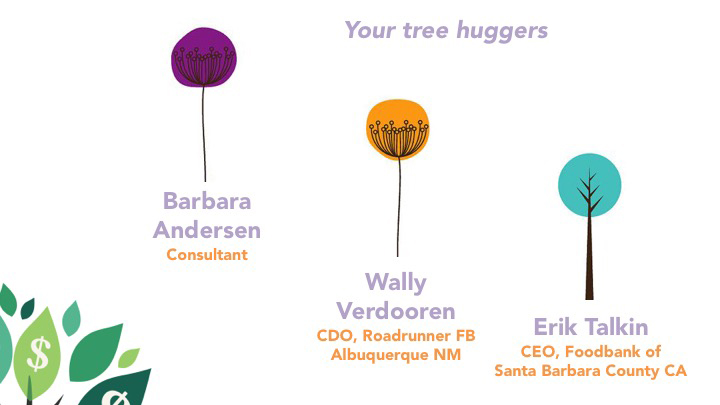
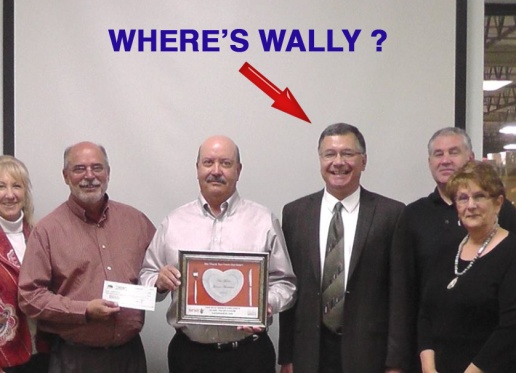

![Andersen[1]](https://fromhungertohealth.files.wordpress.com/2016/02/andersen1.jpg?w=394&h=366)
